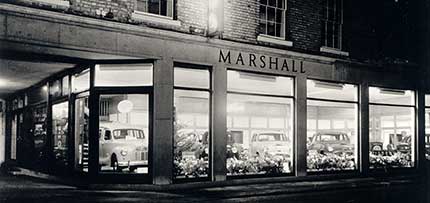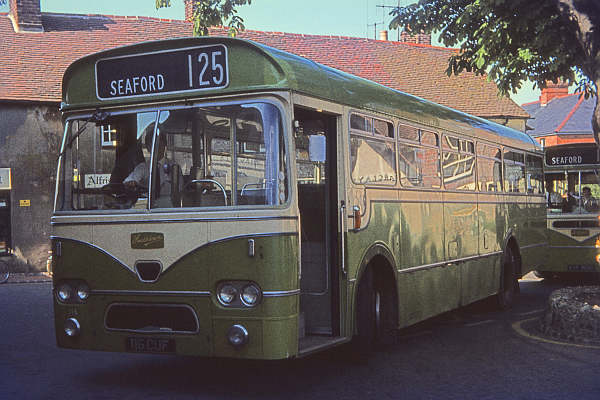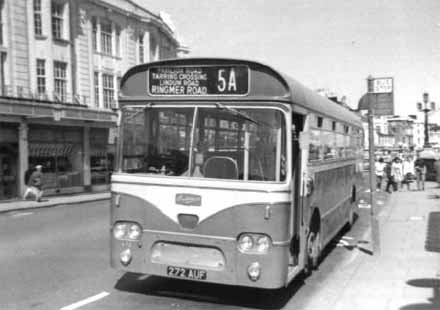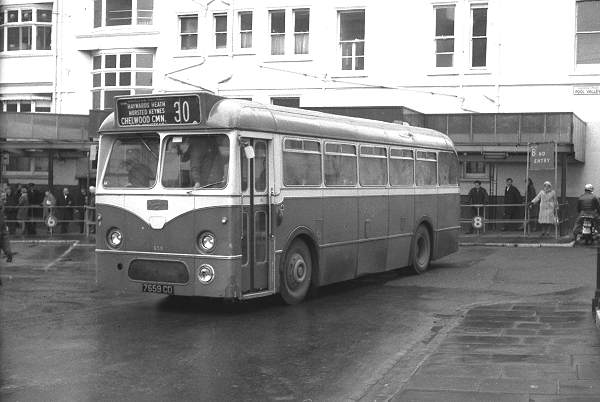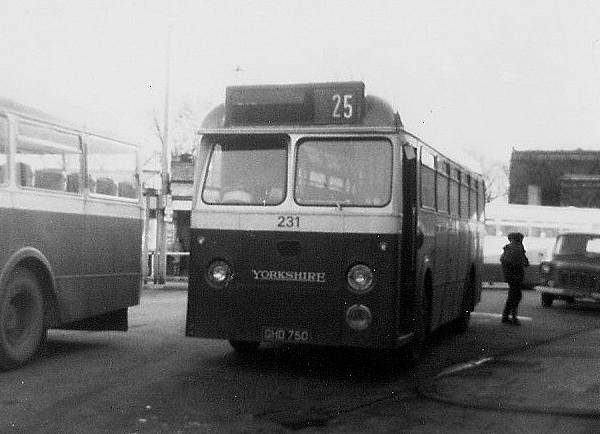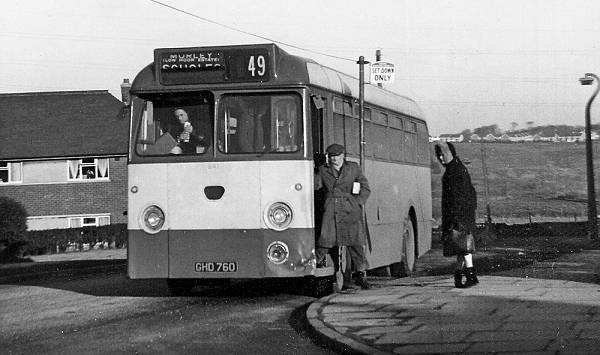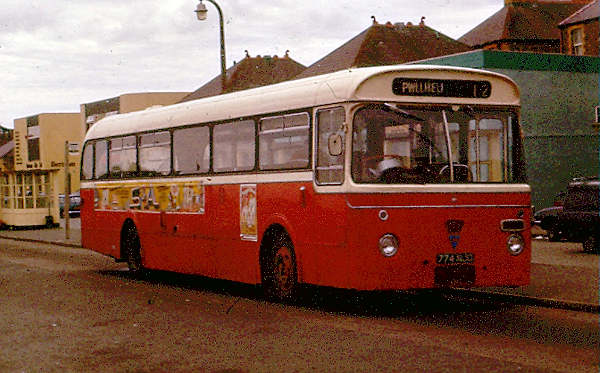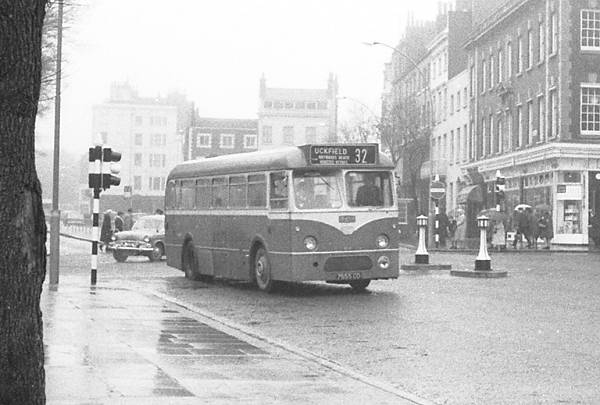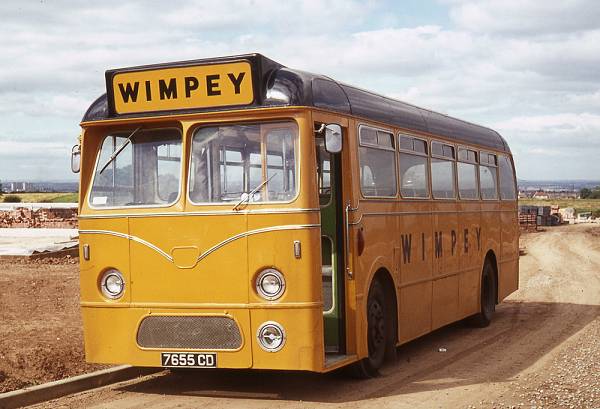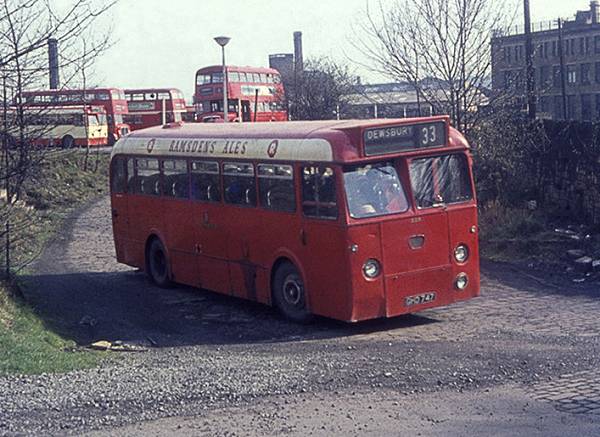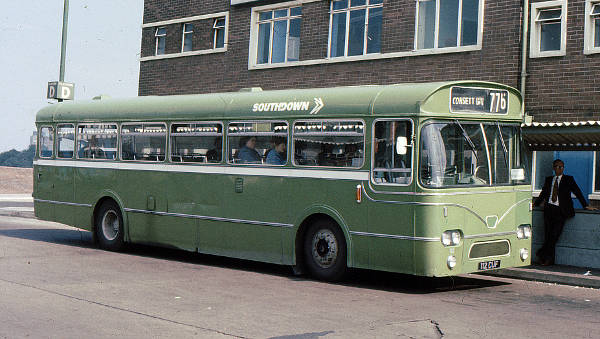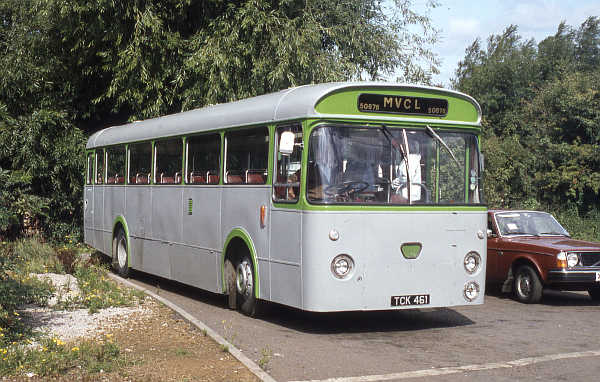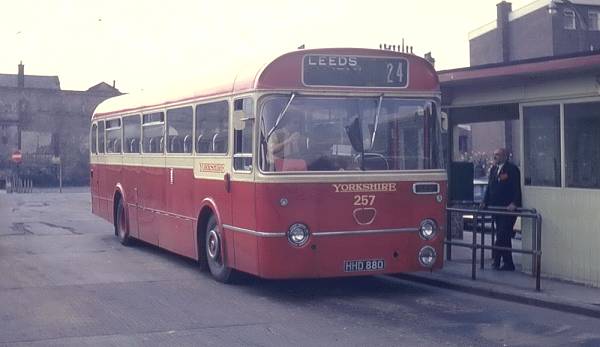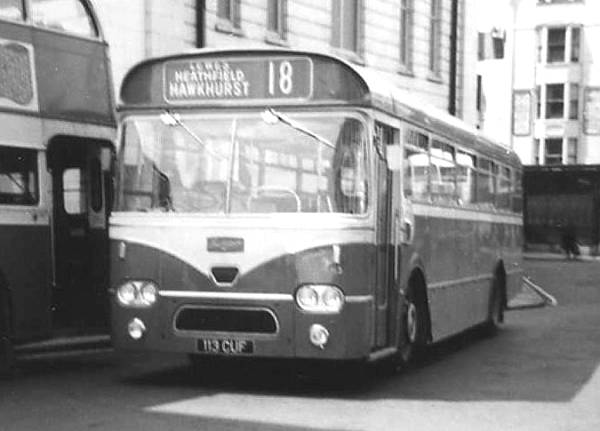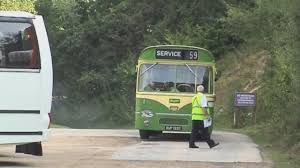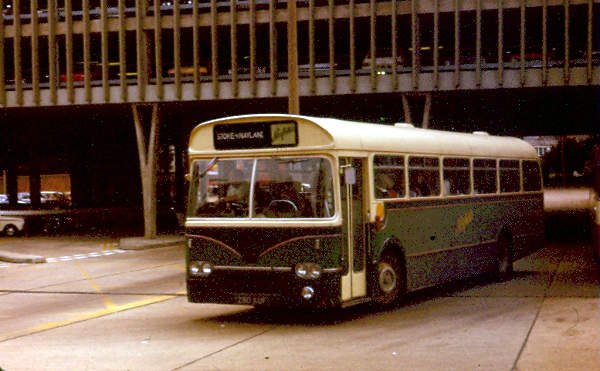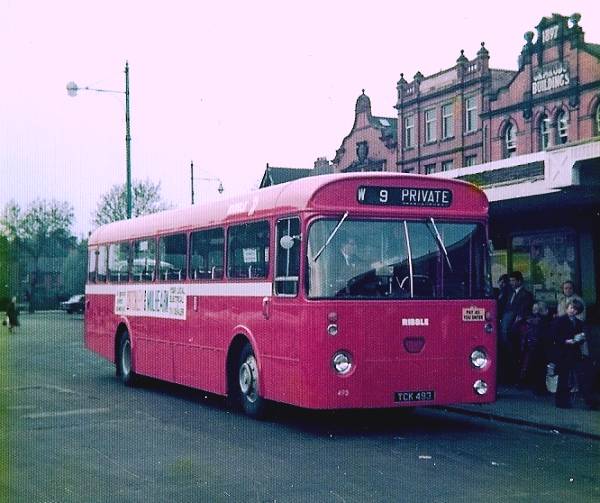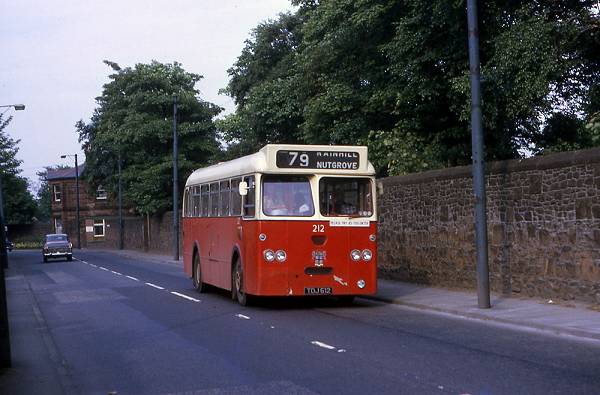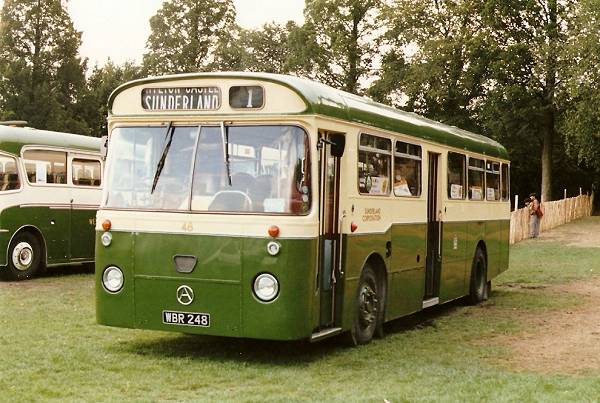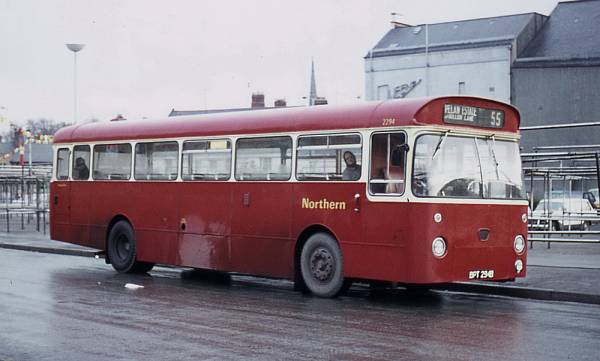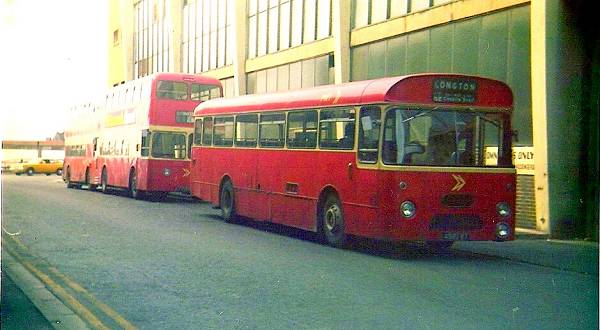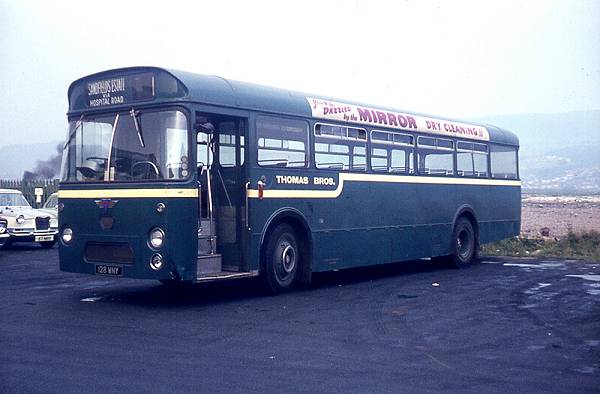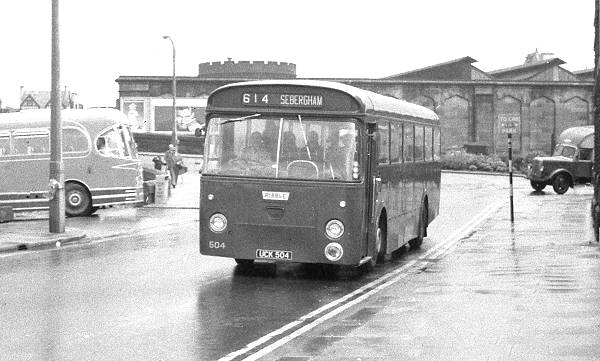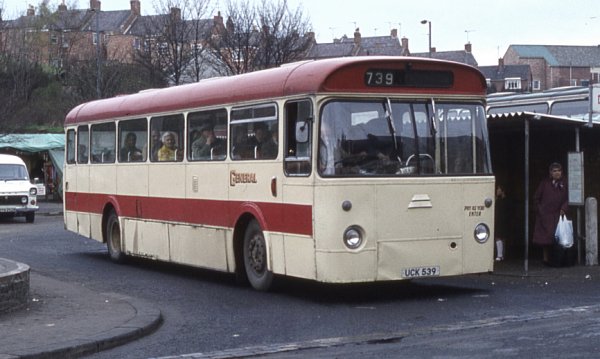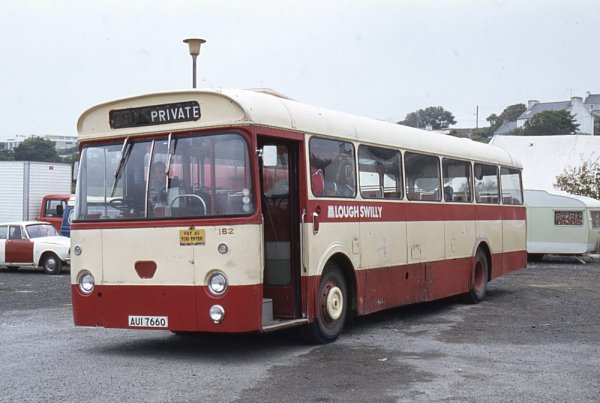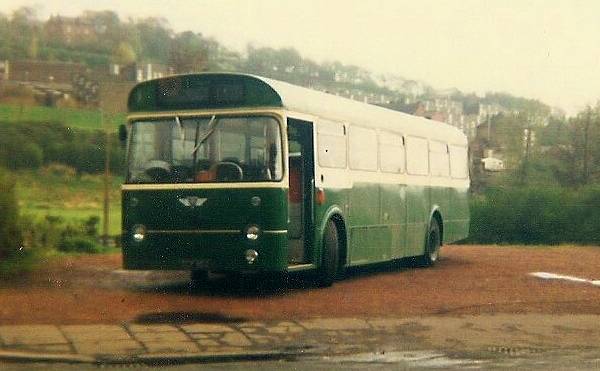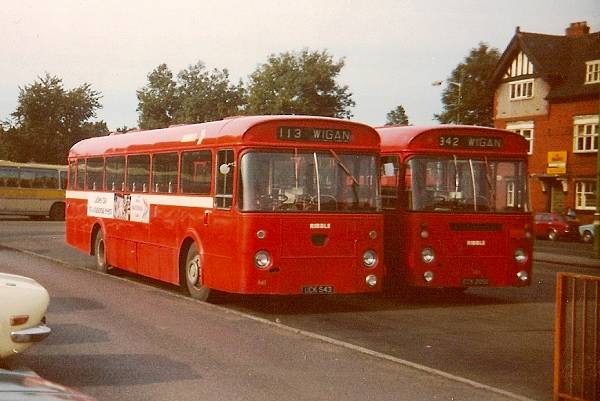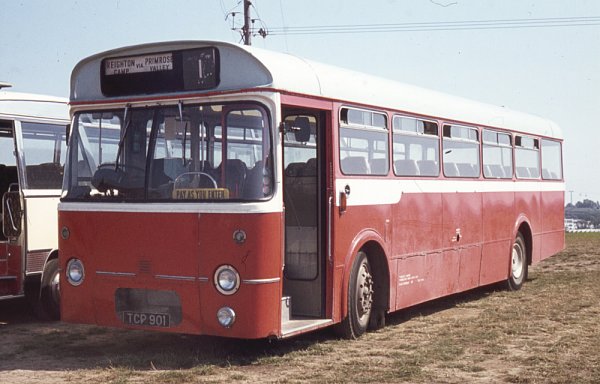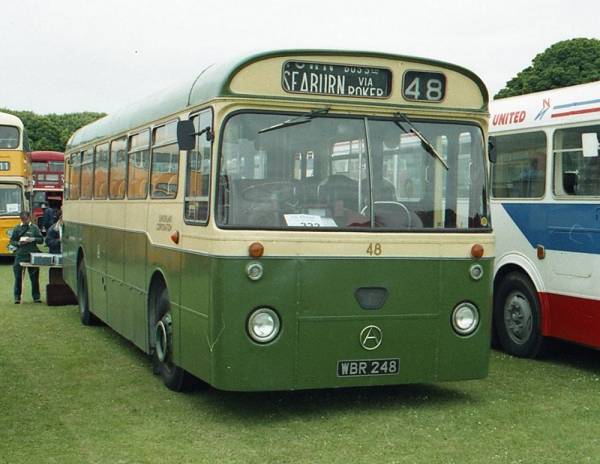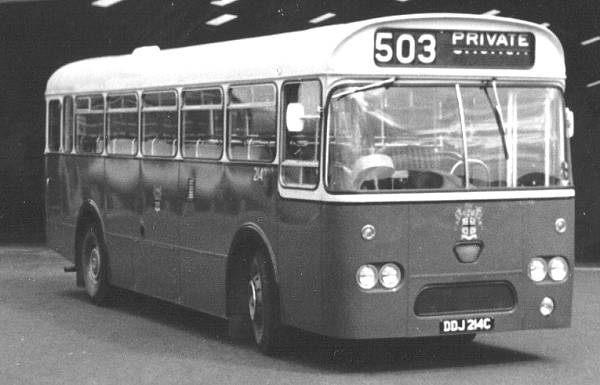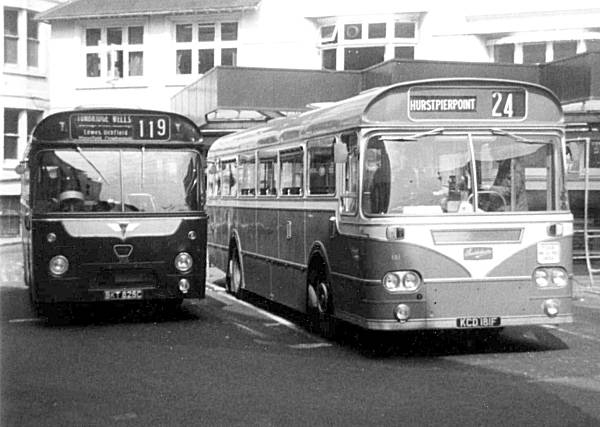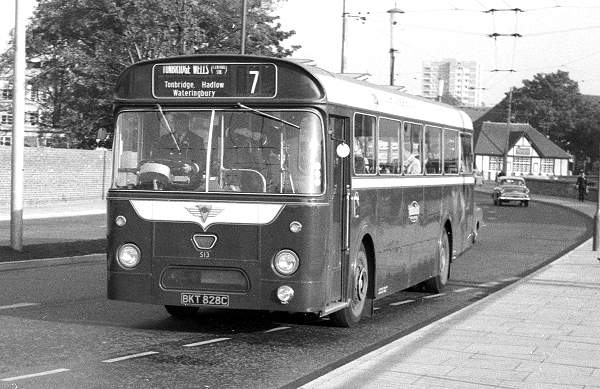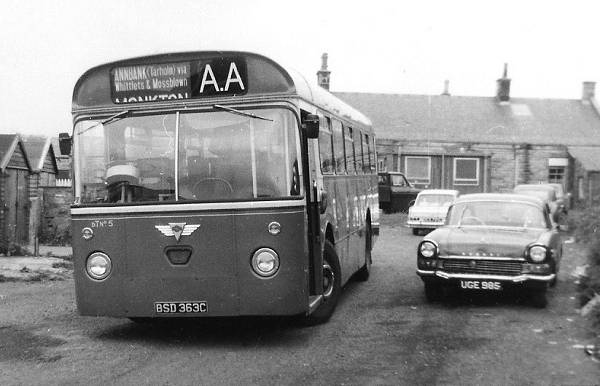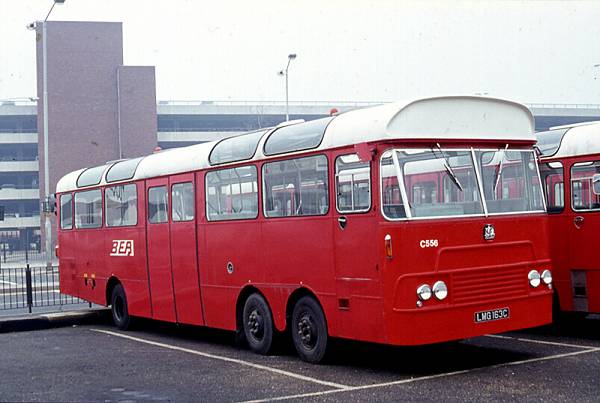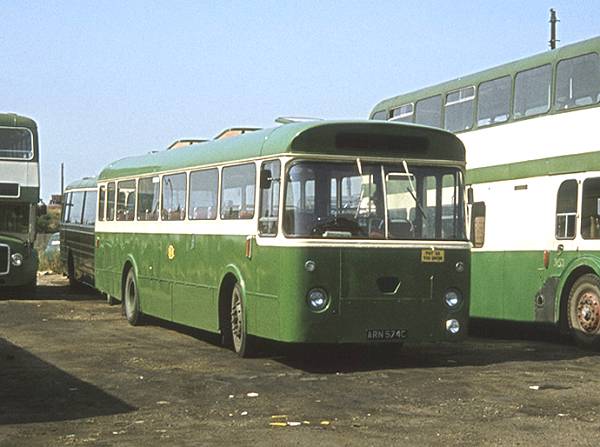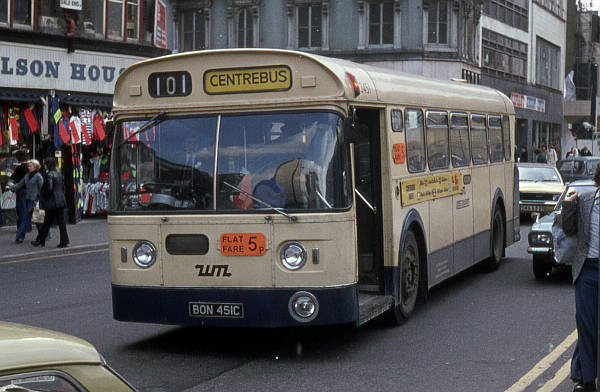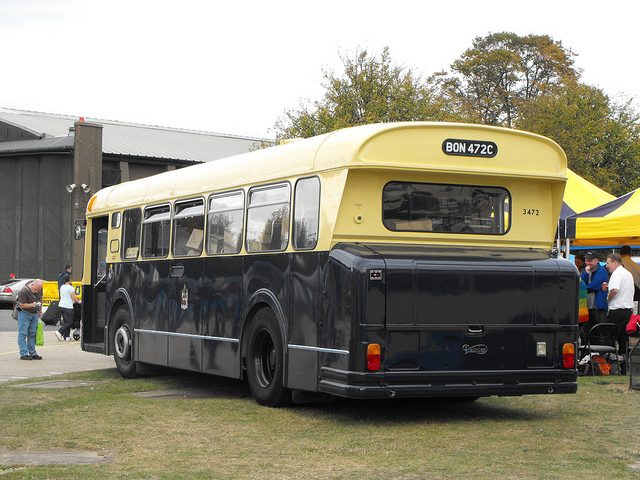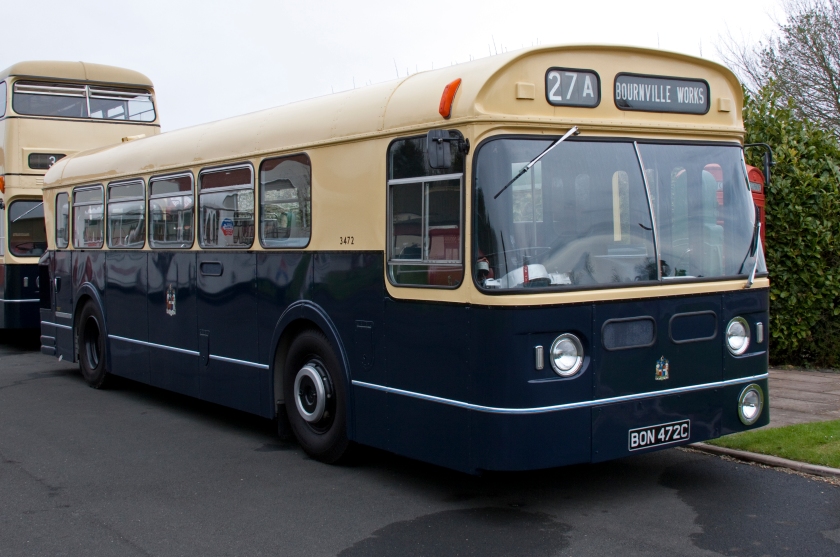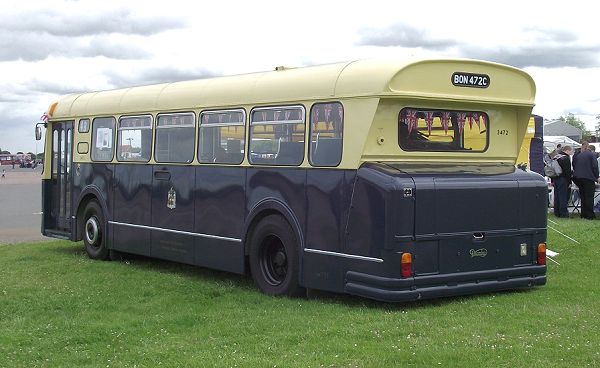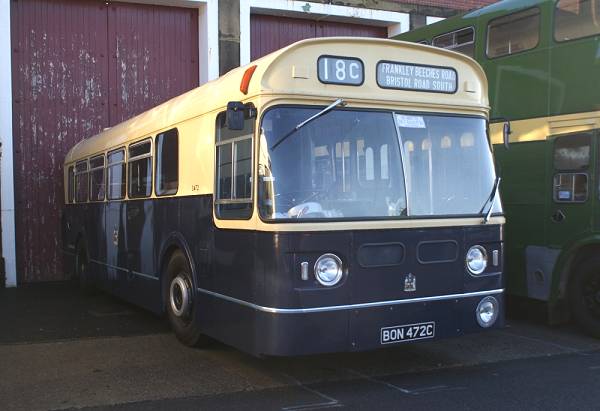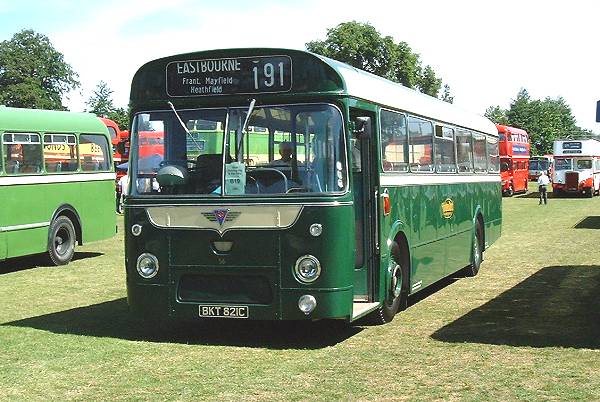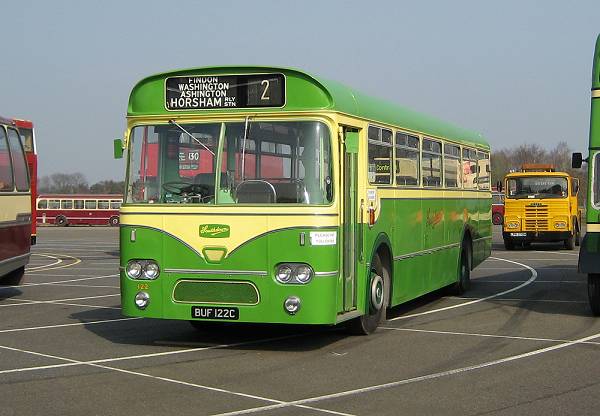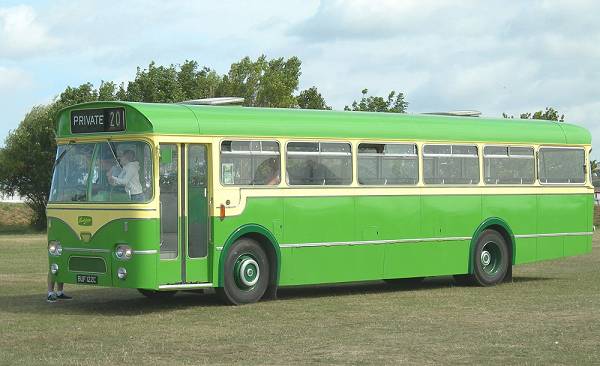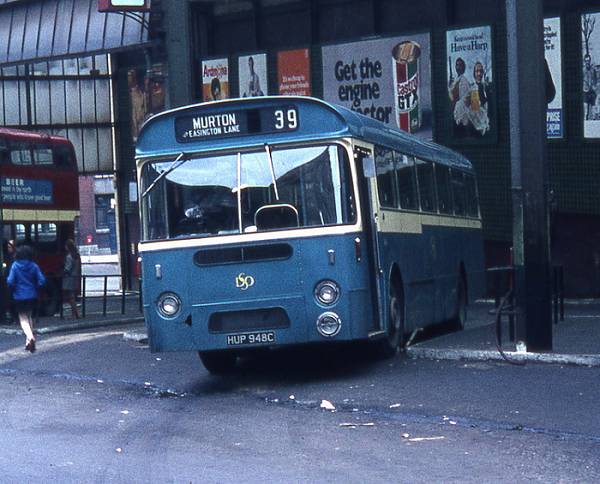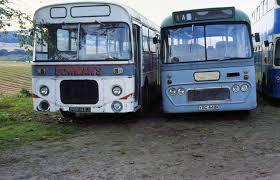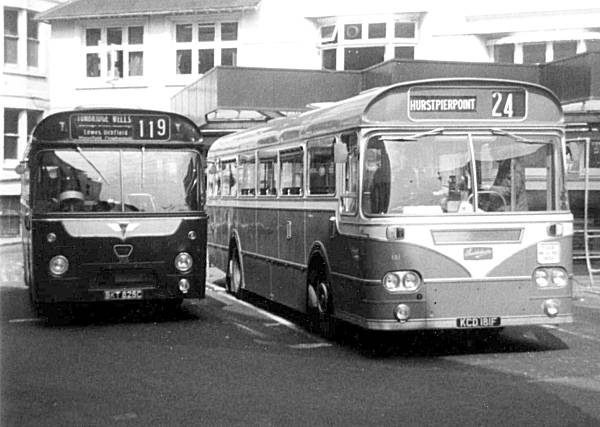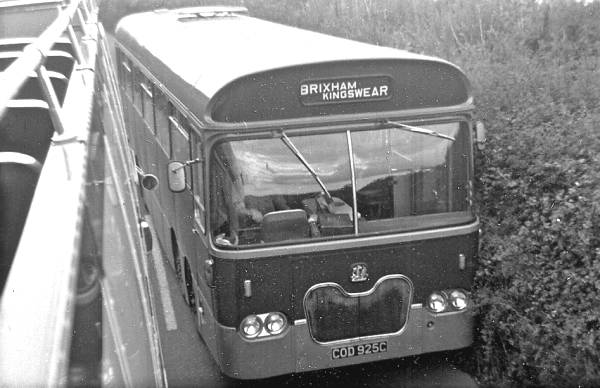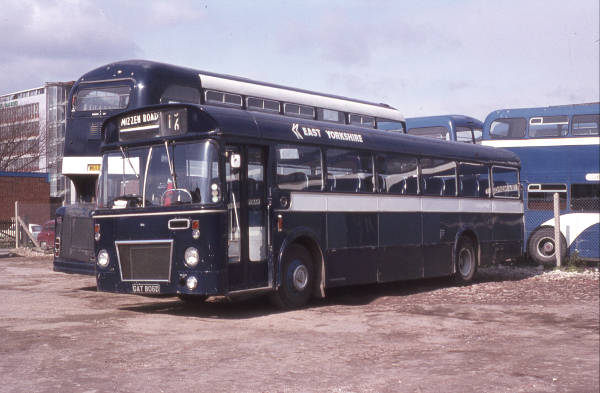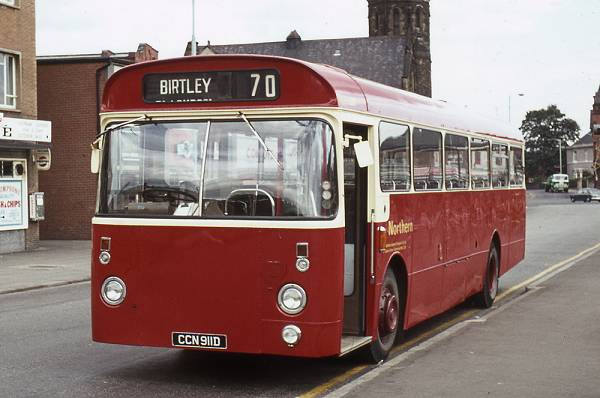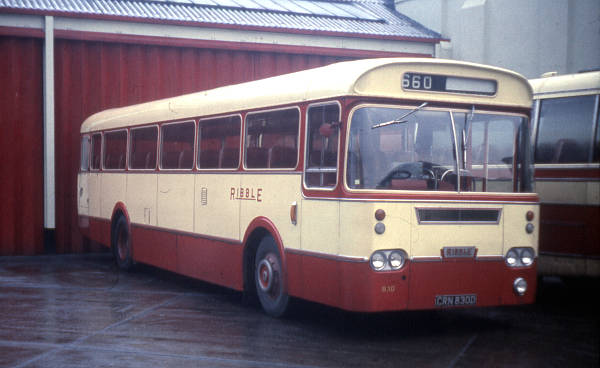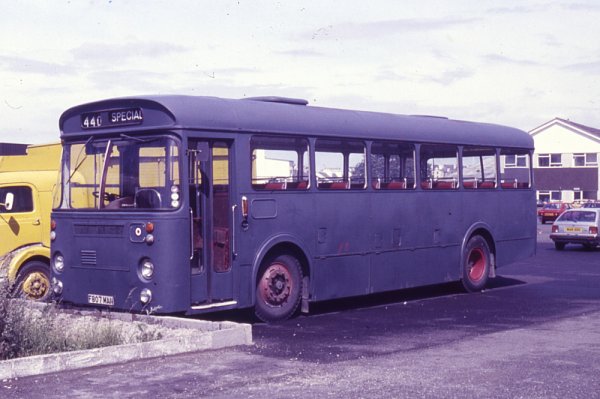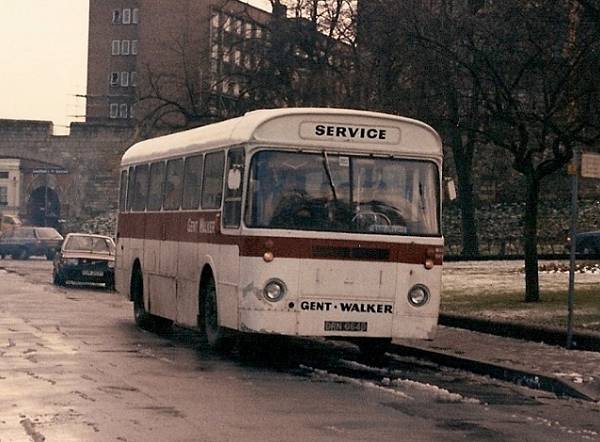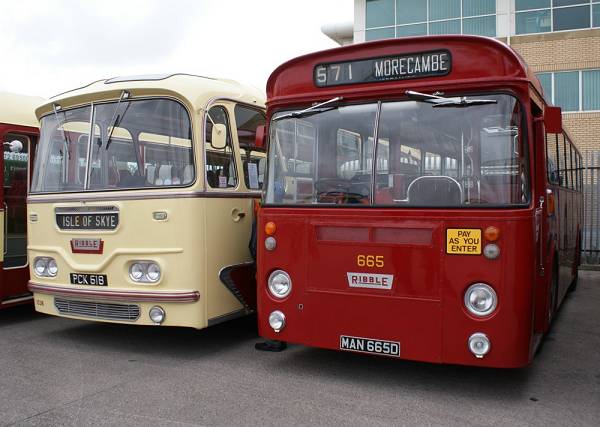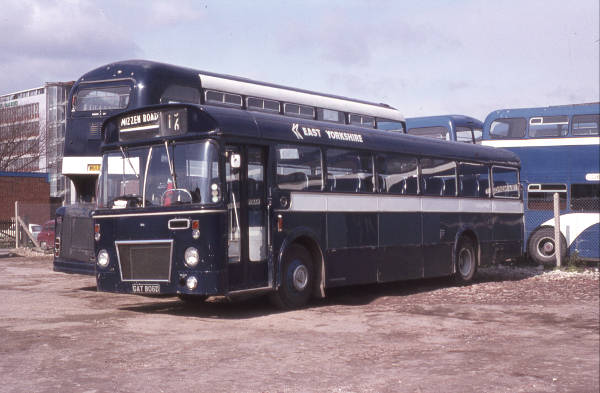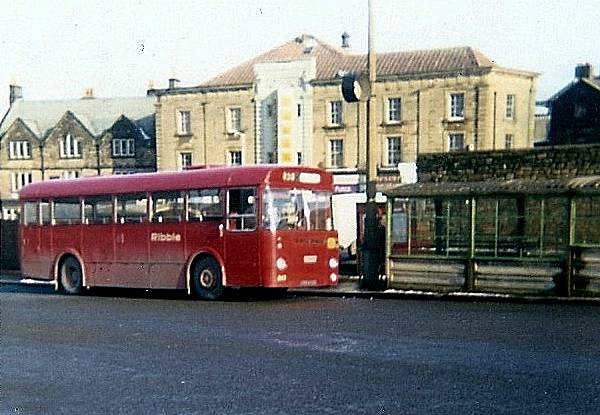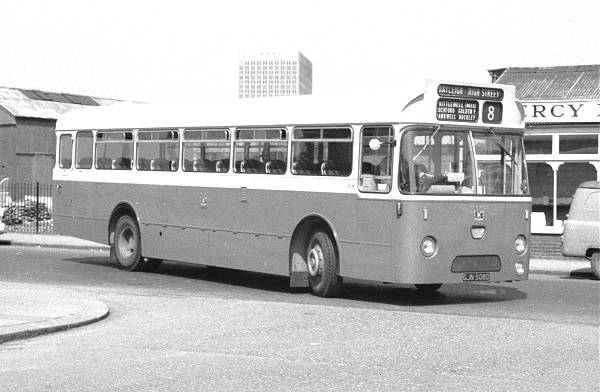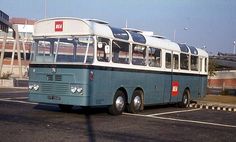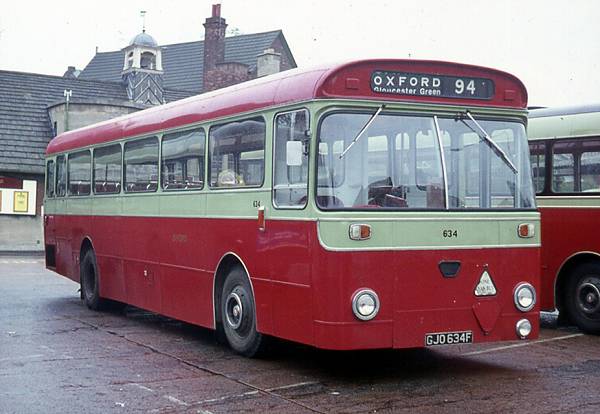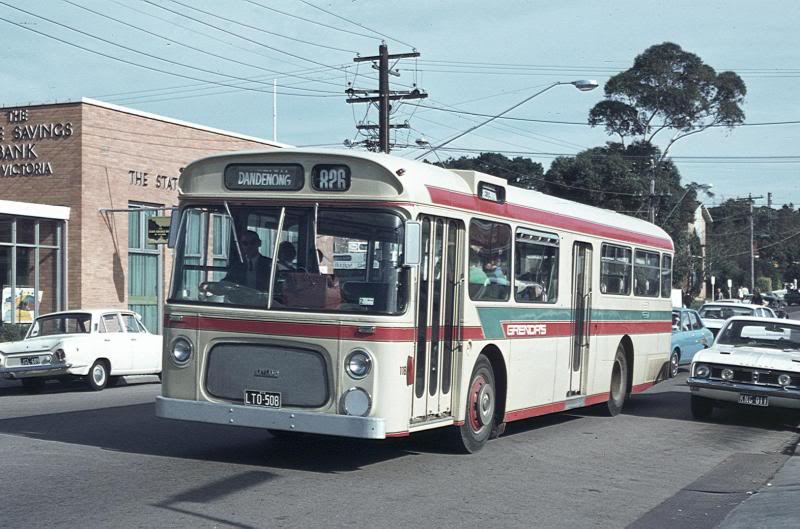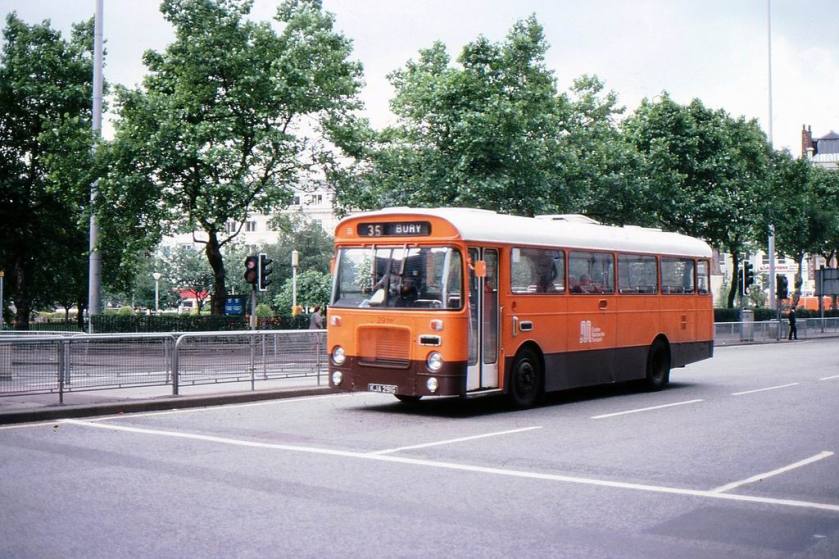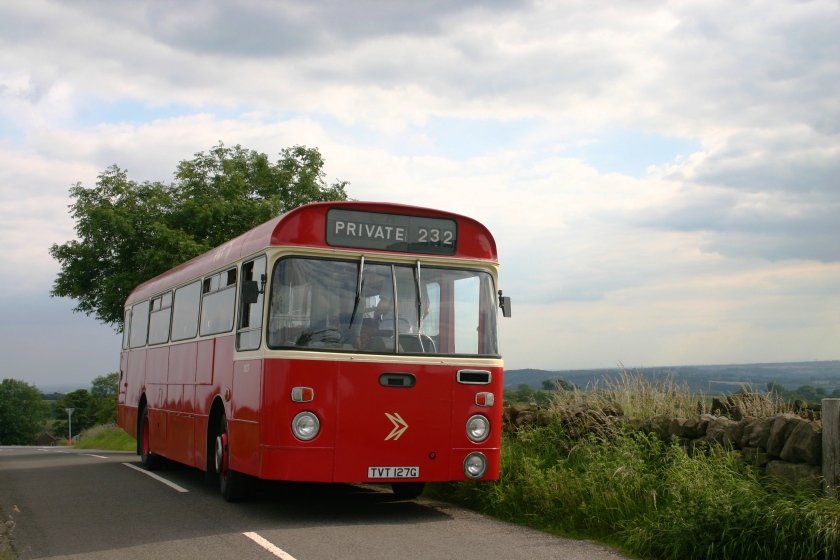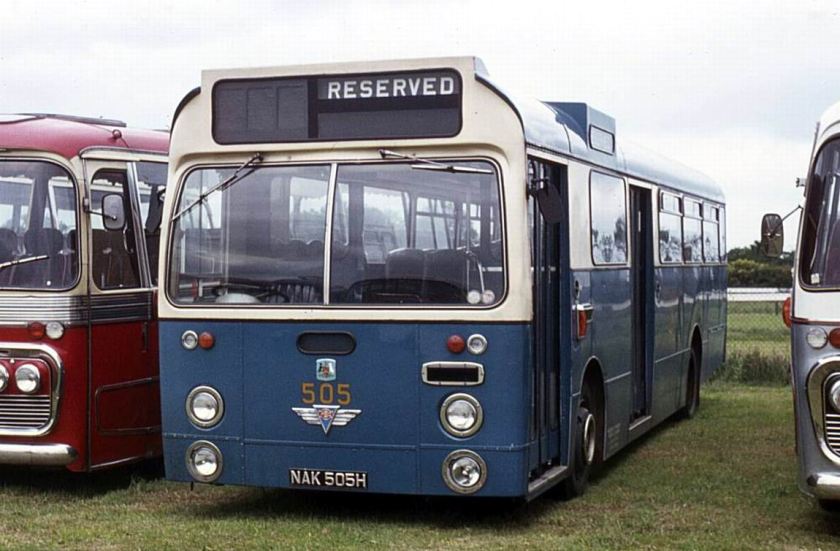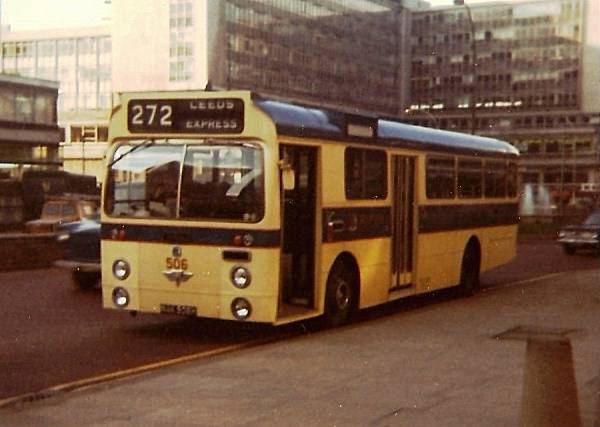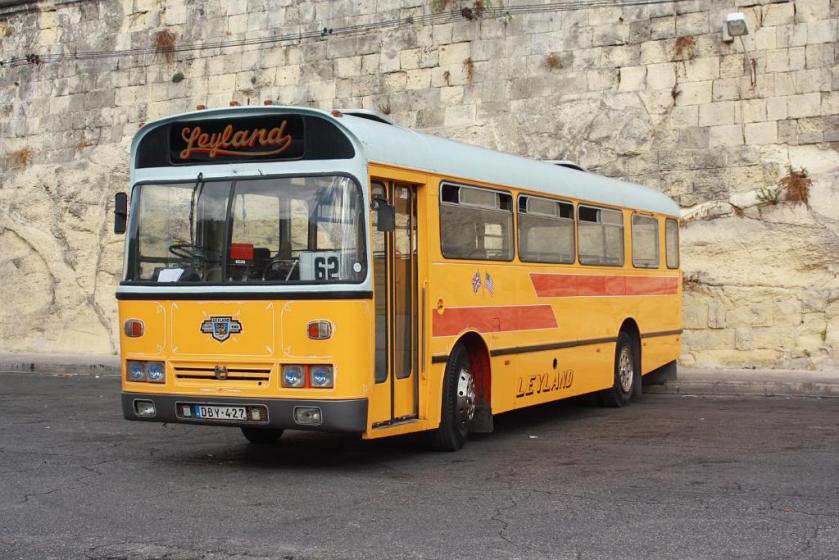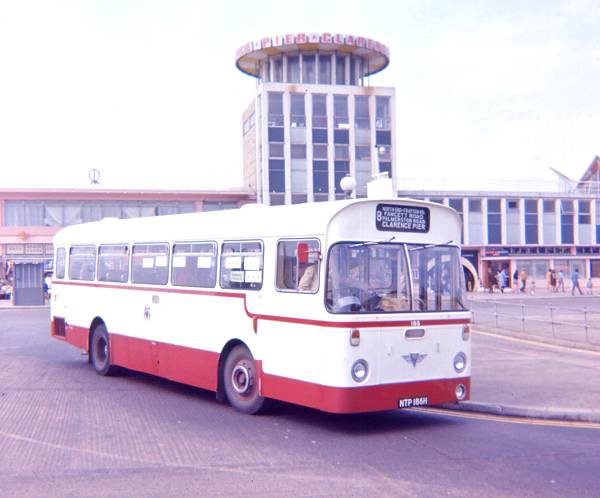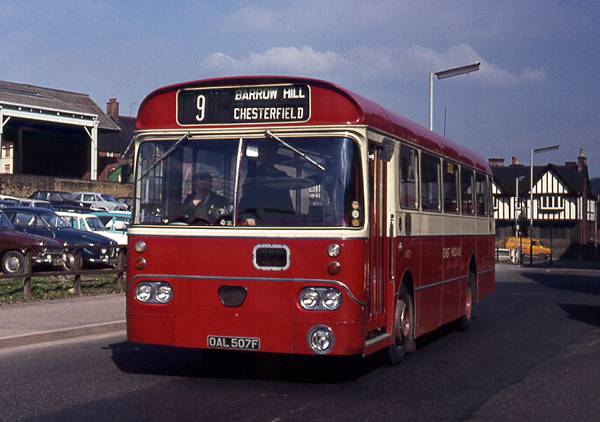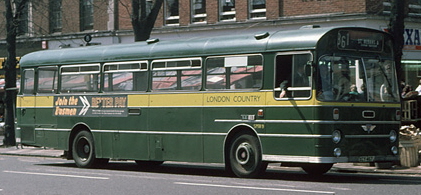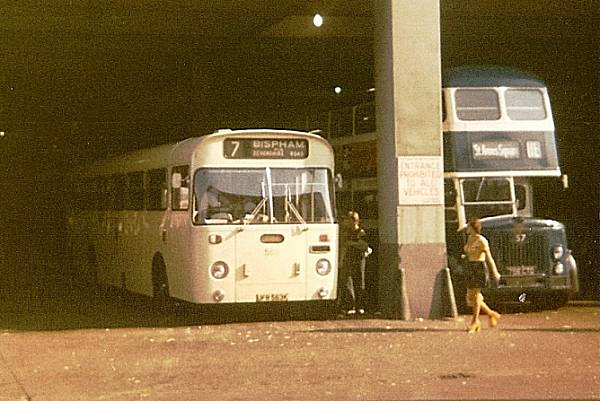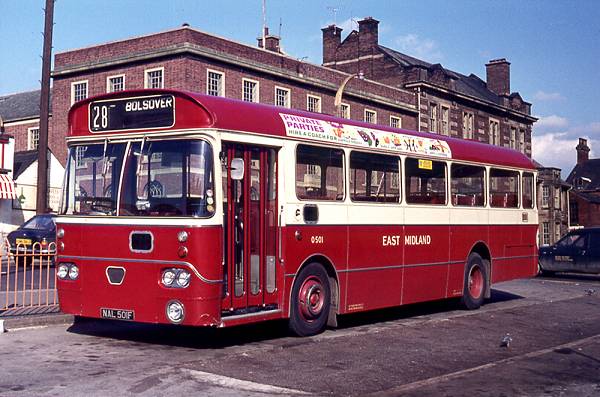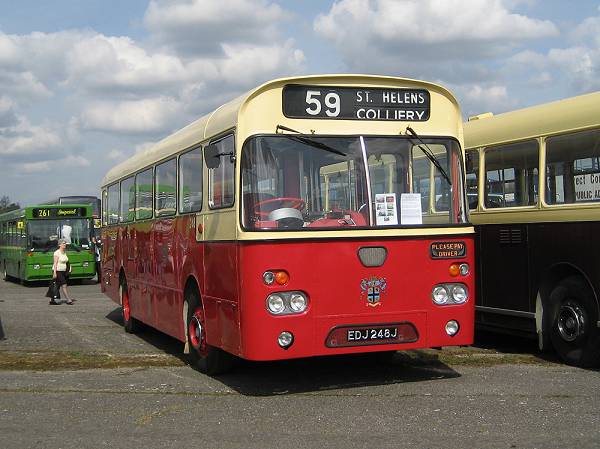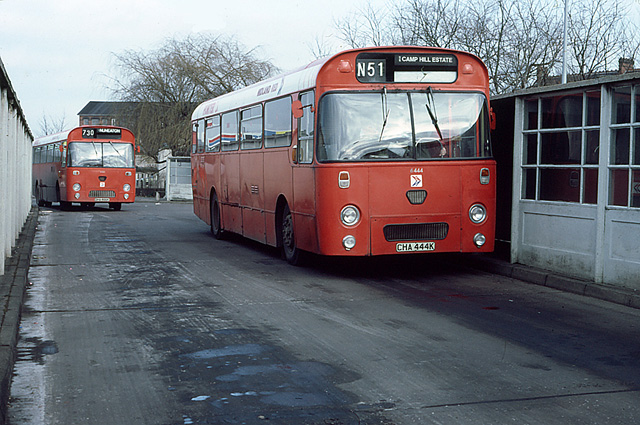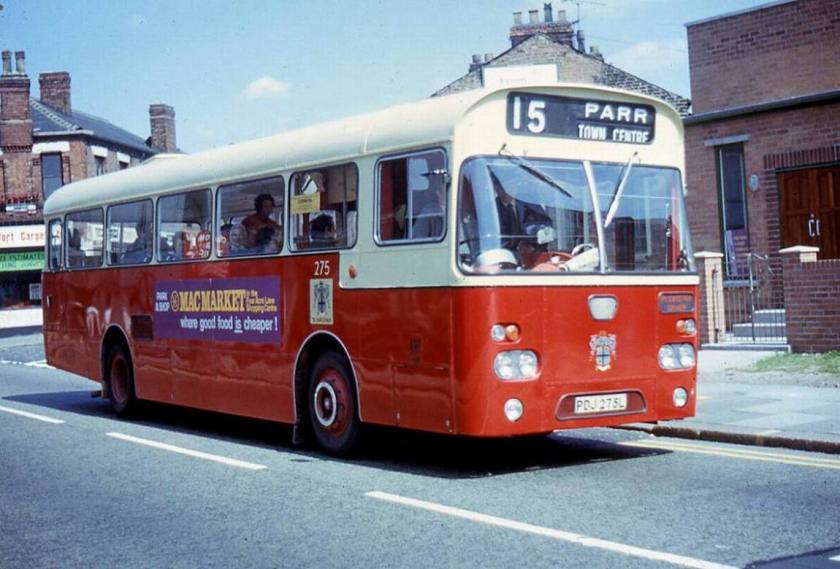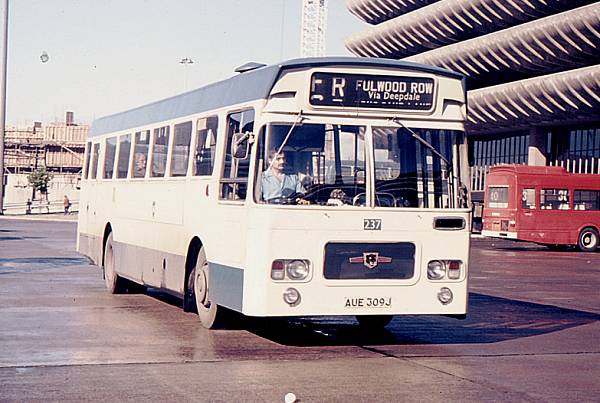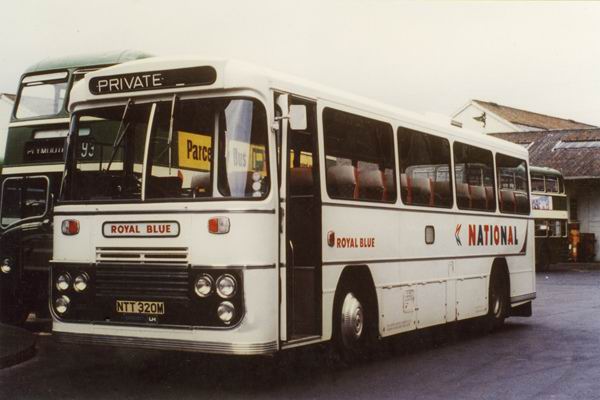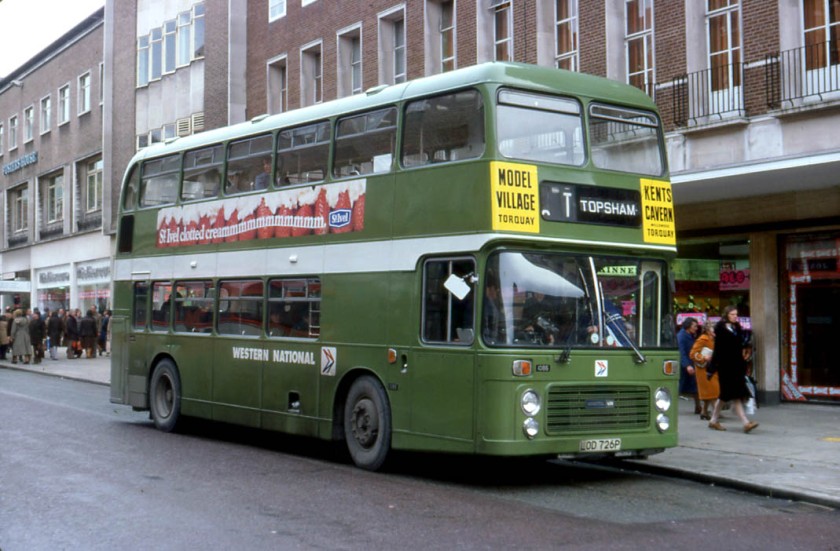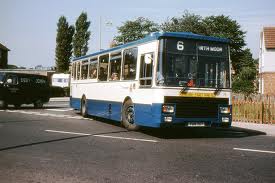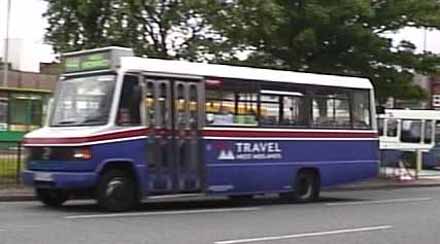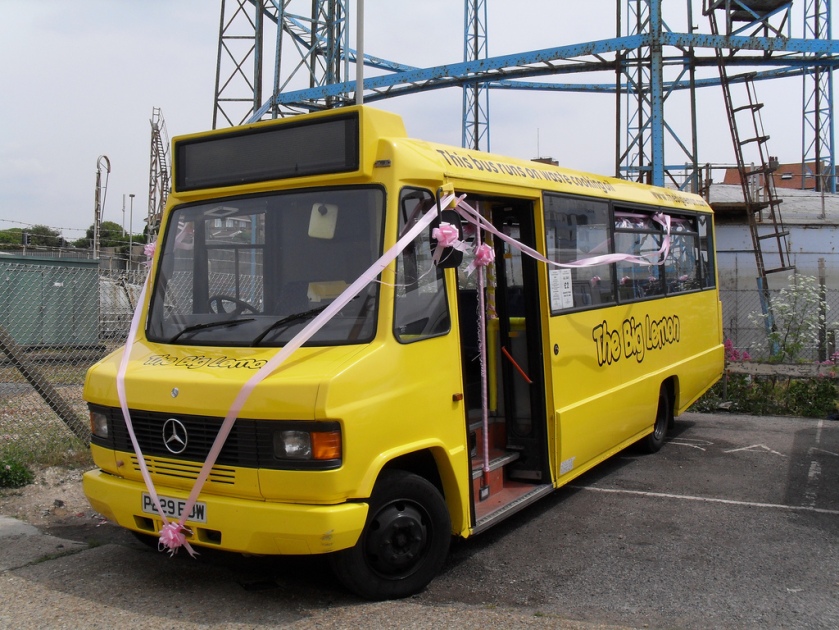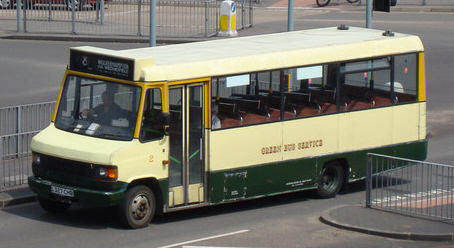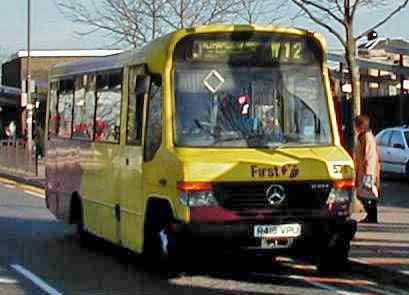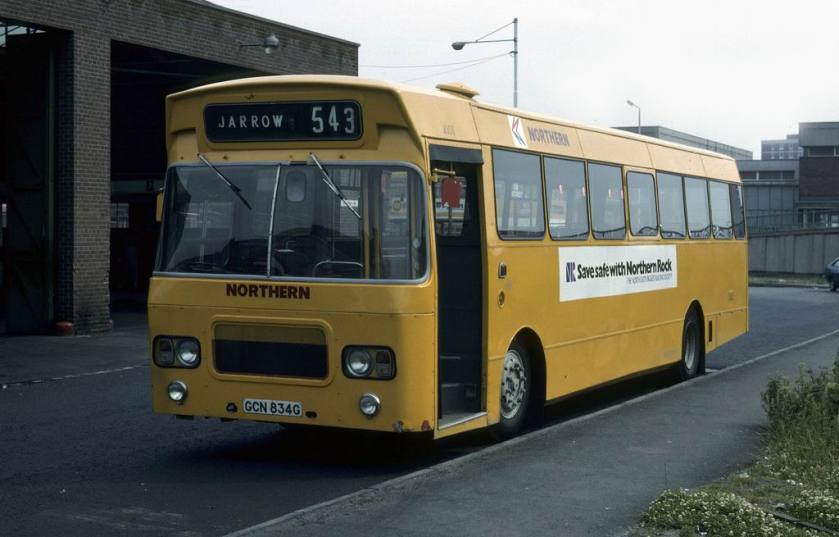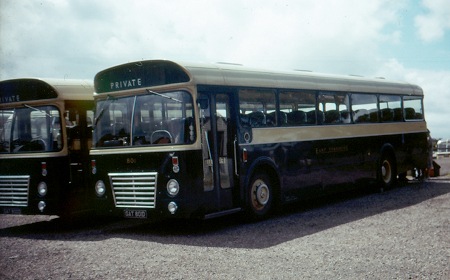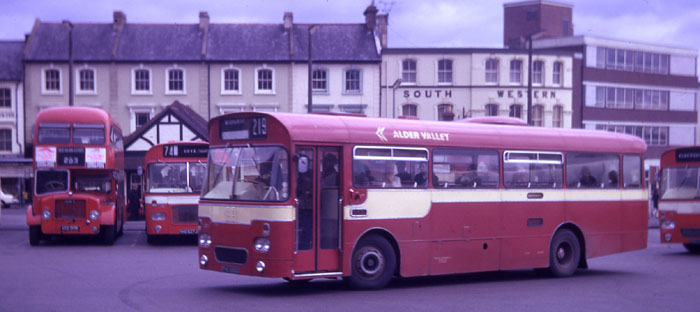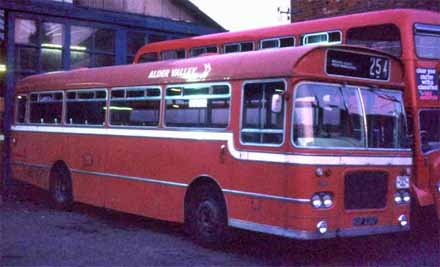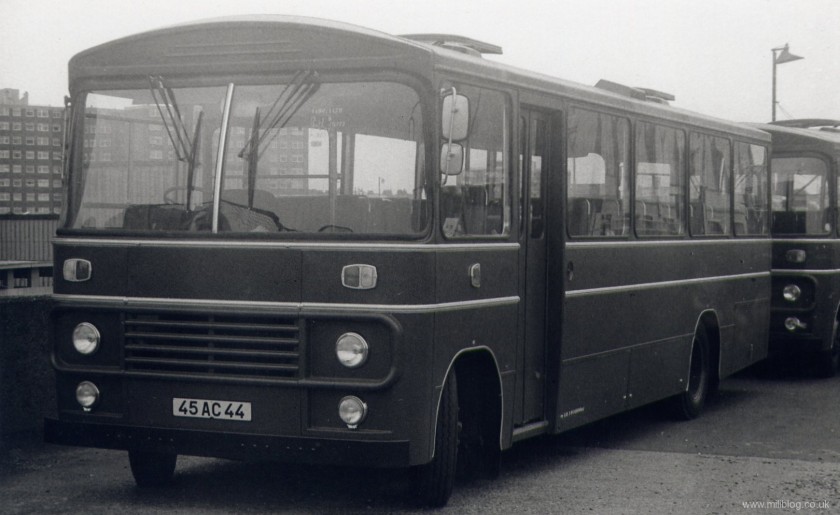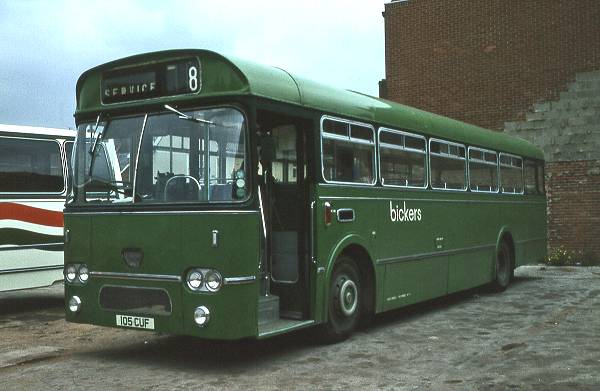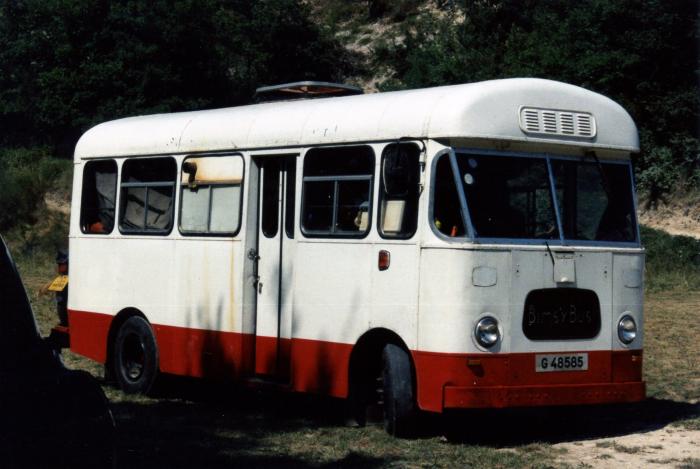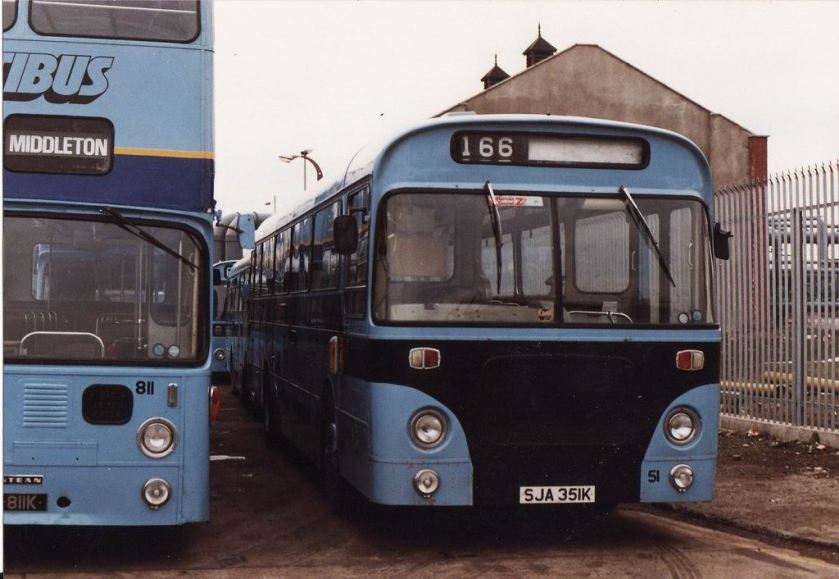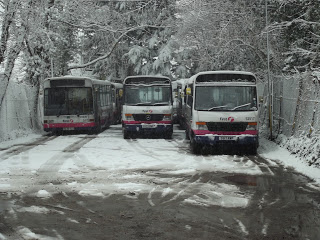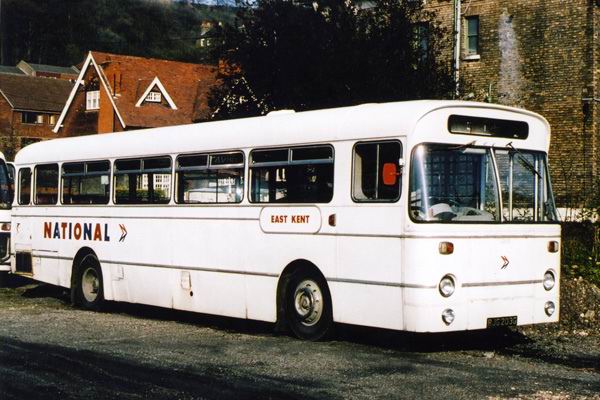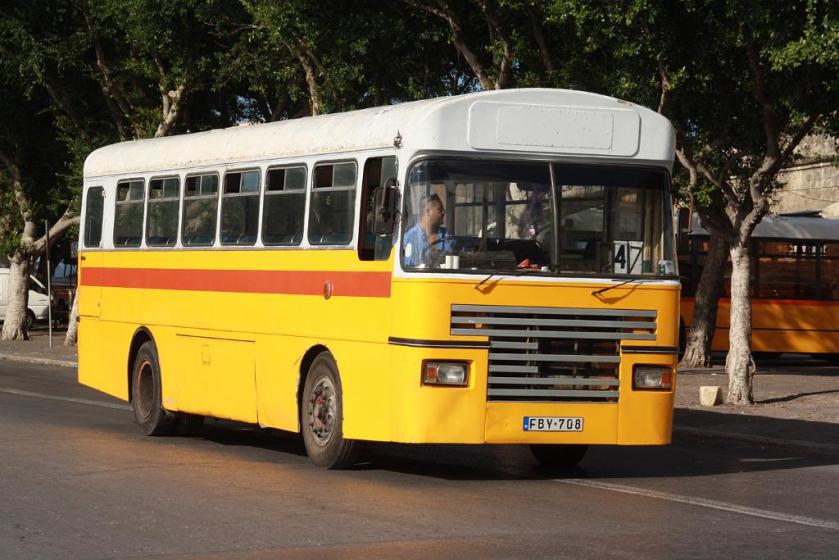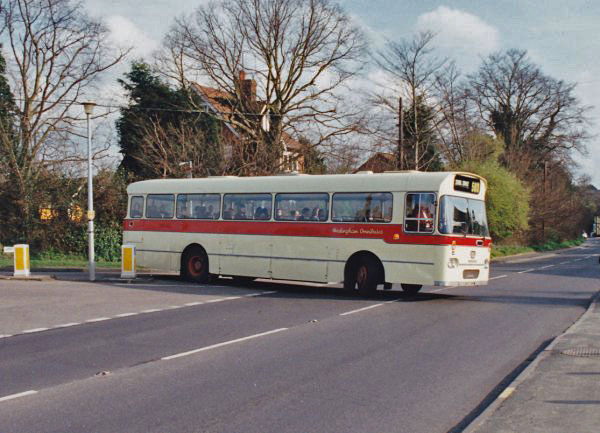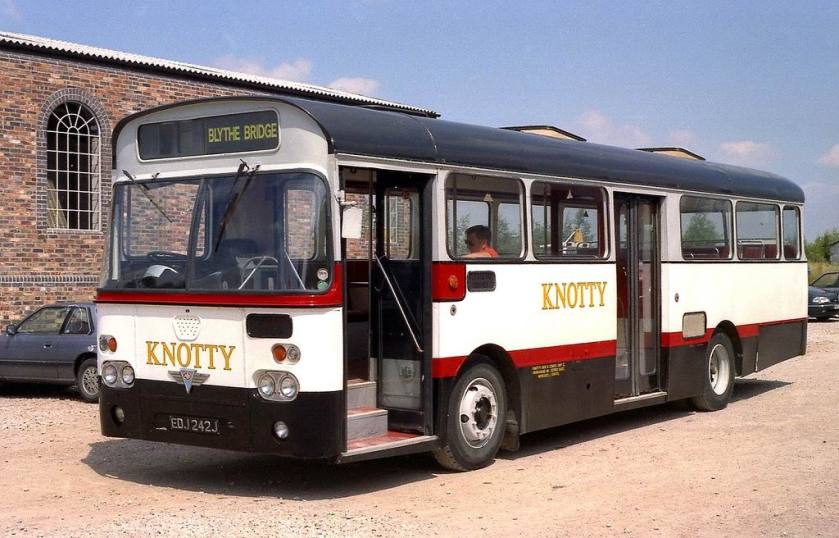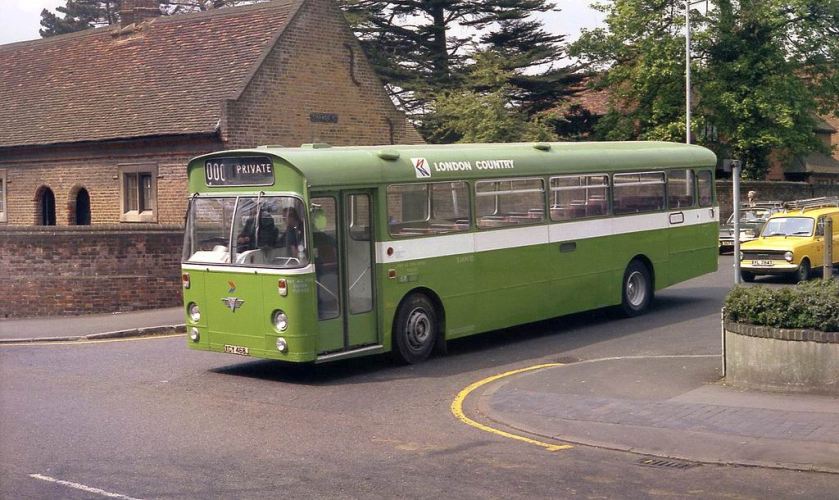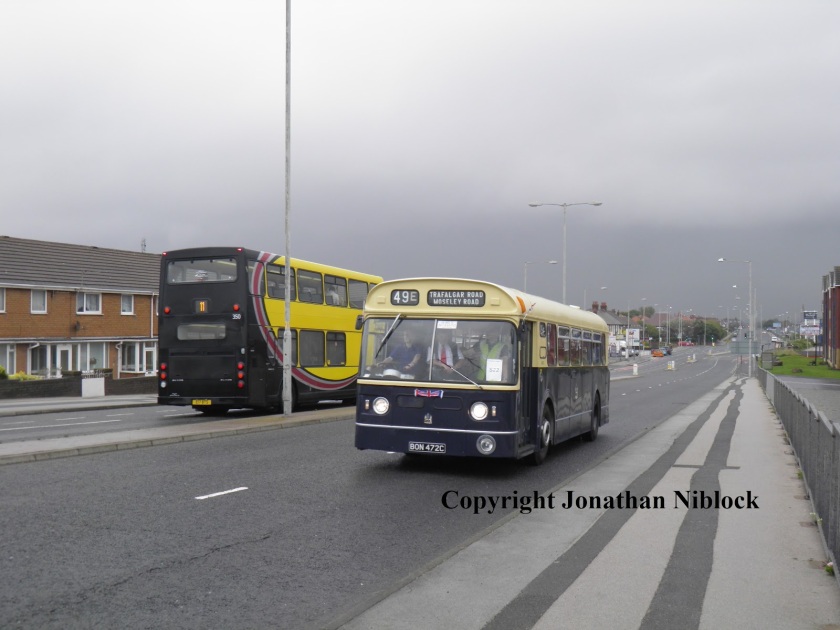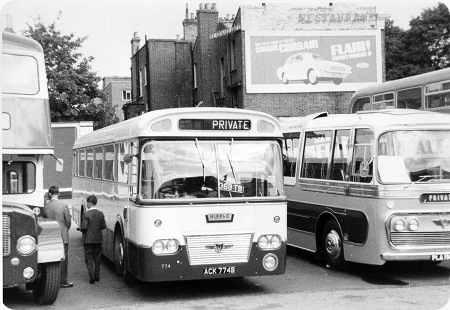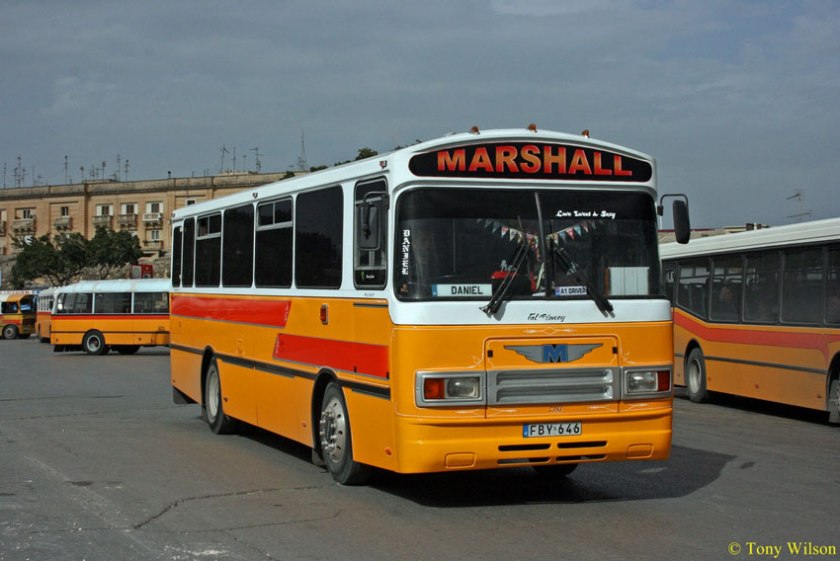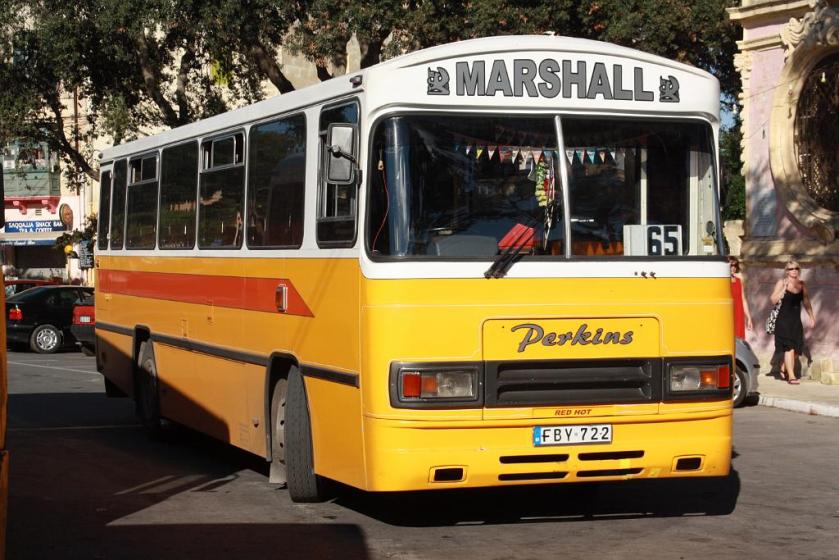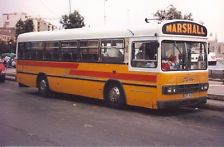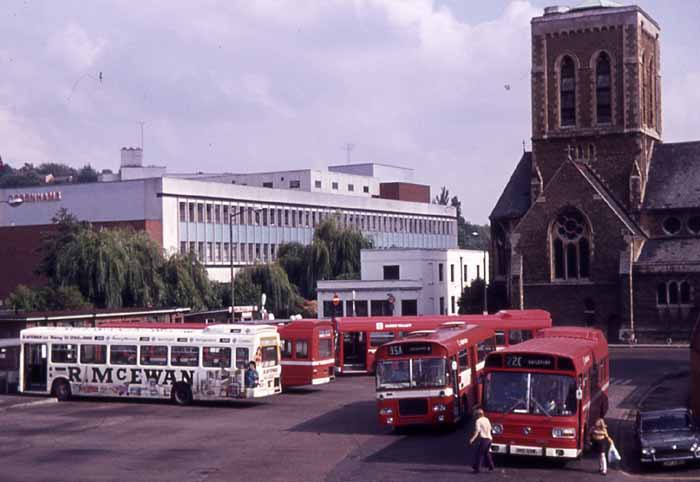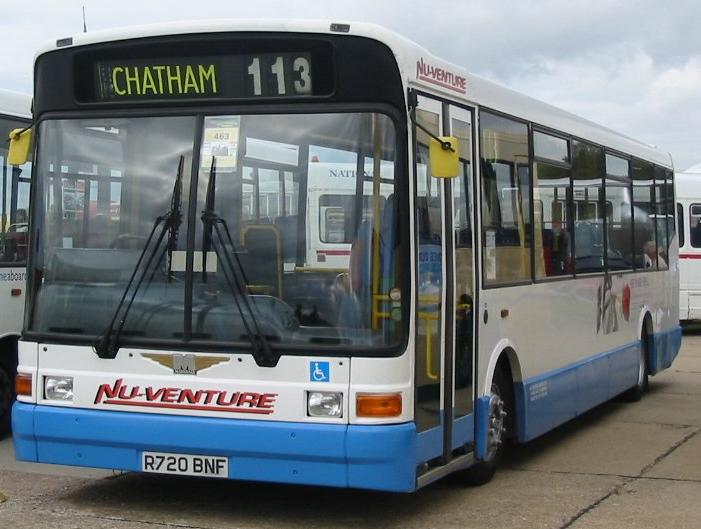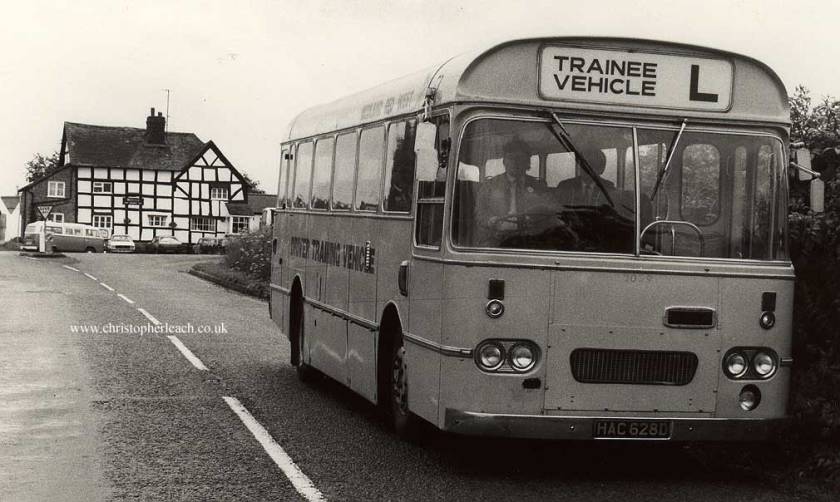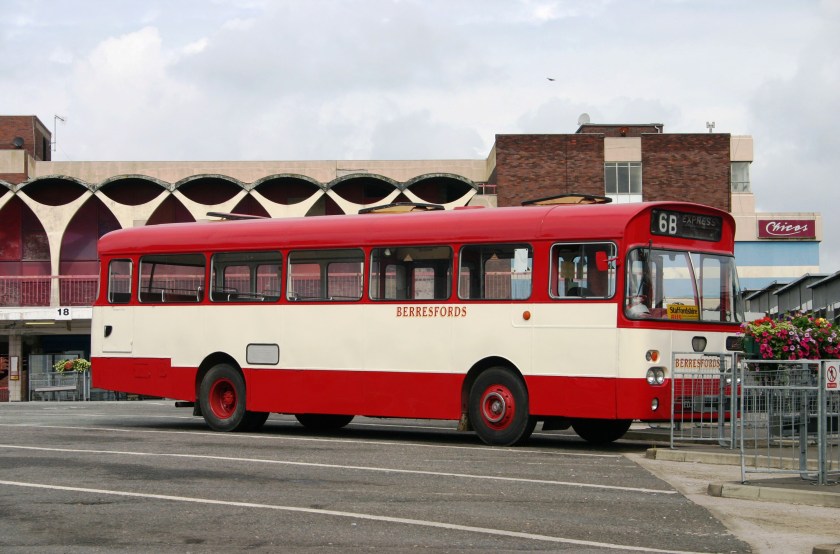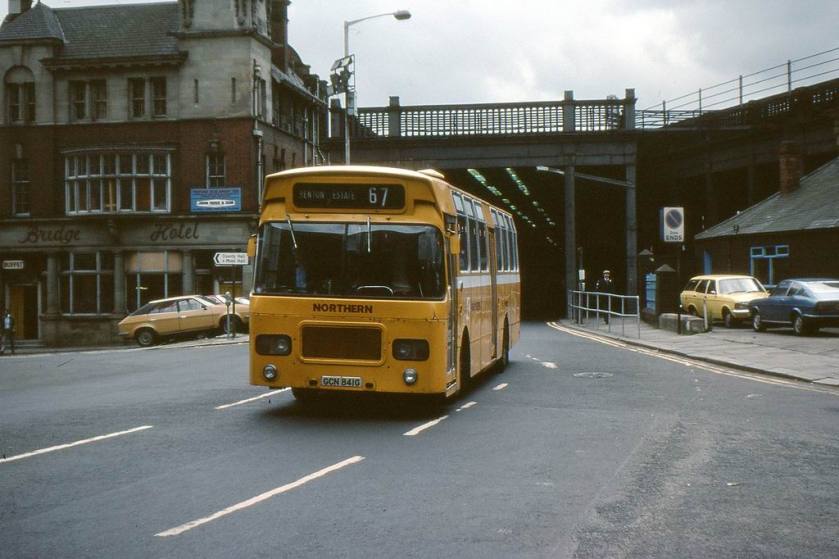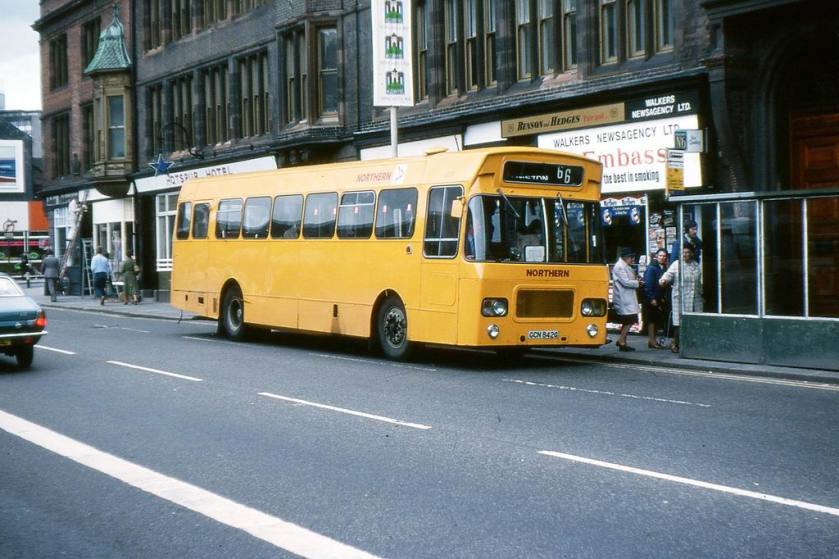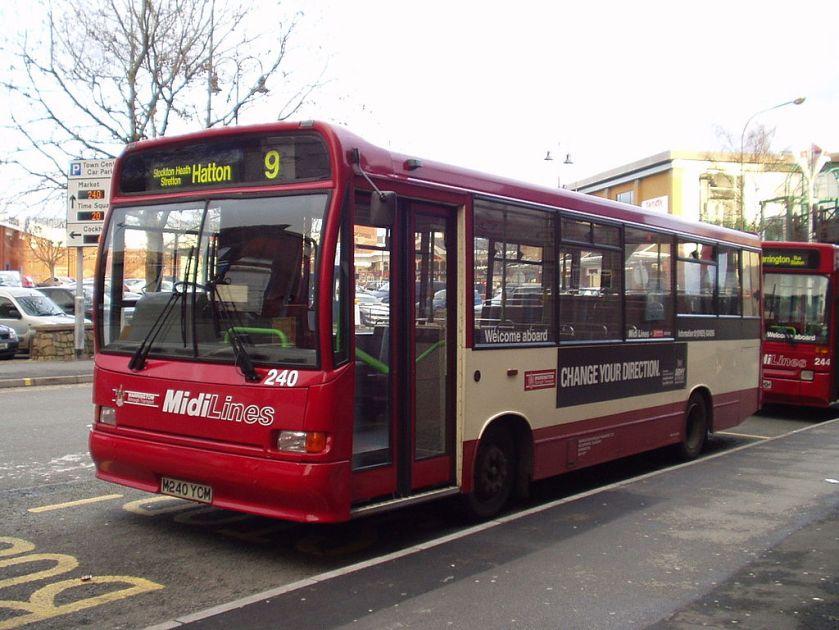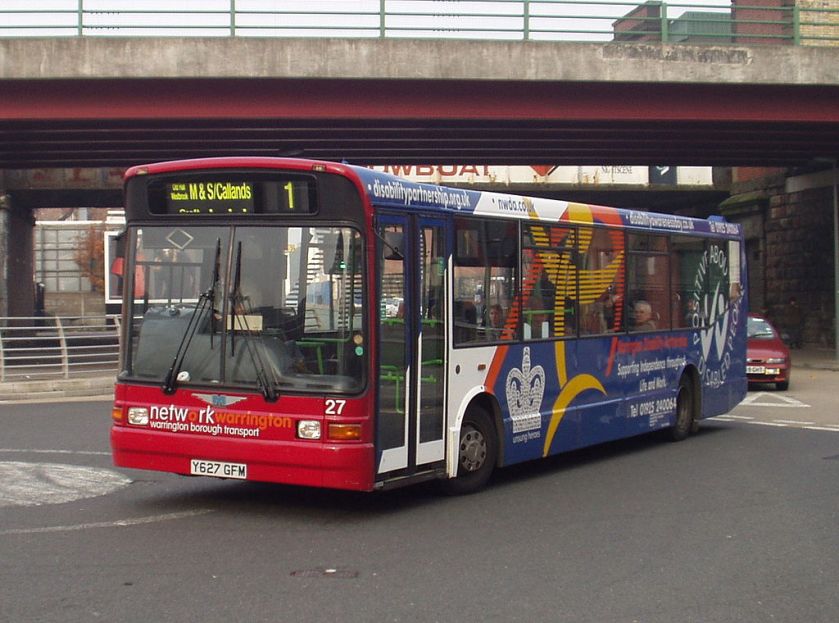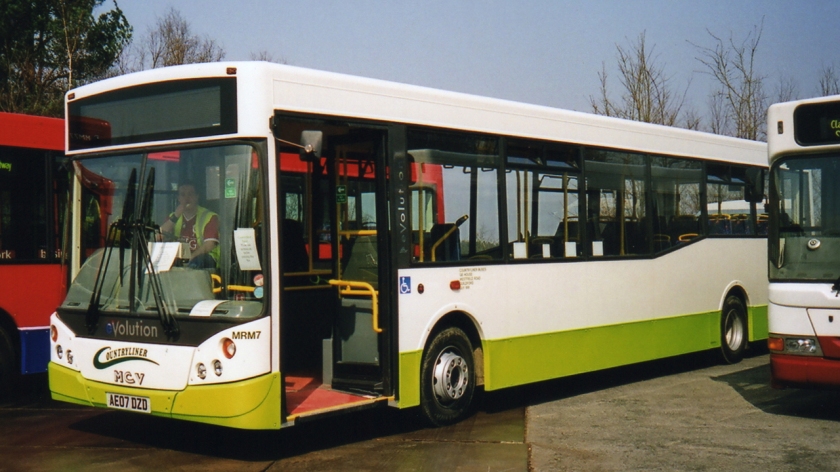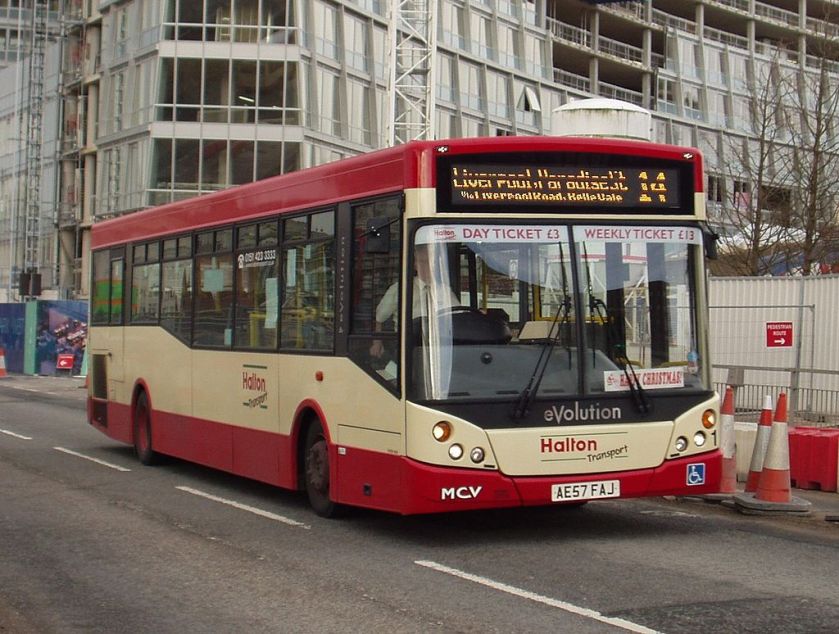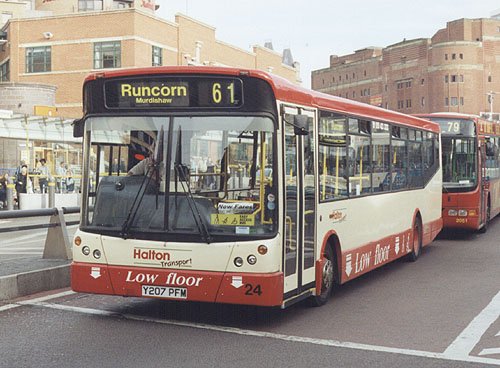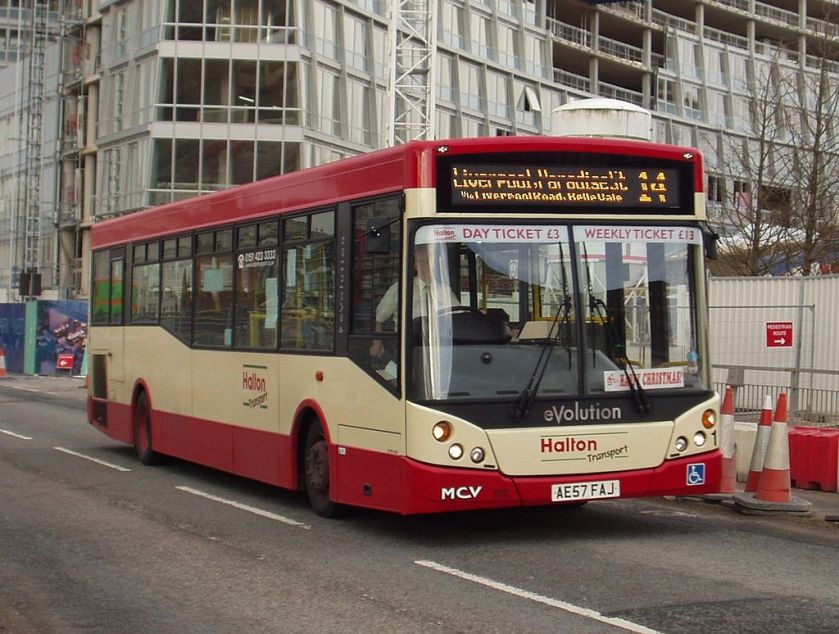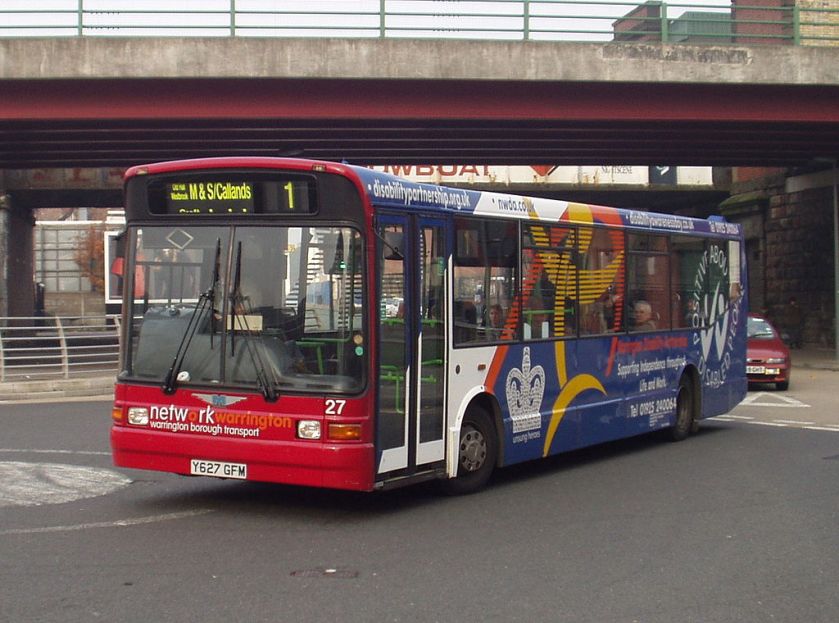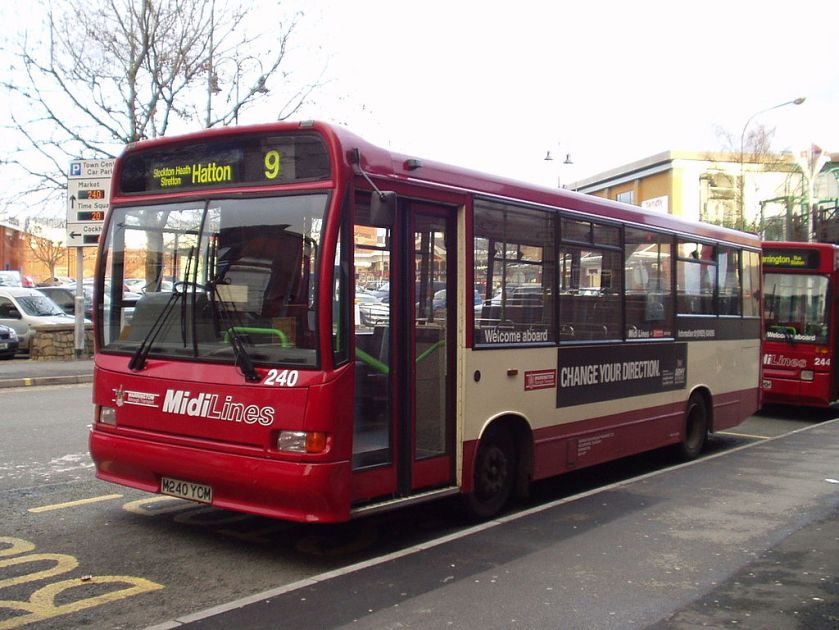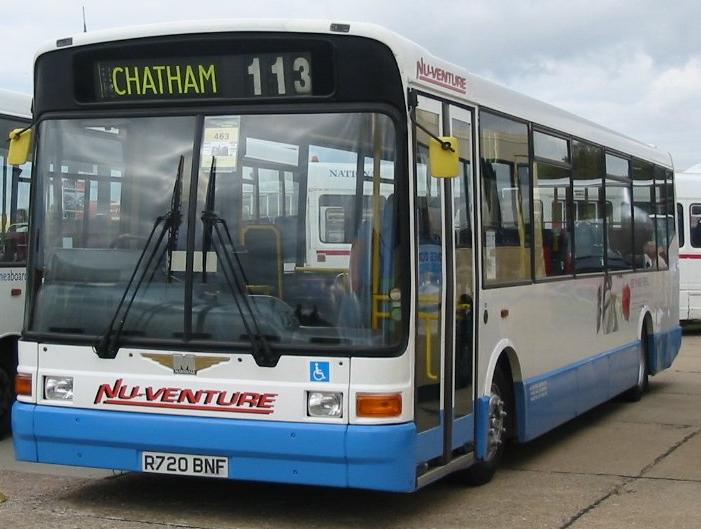History

Marshall of Cambridge was established in 1909 by David Gregory Marshall, in a small lock-up garage in Brunswick Gardens, Cambridge as a chauffeur drive company, which was an immediate success and prompted the move to larger premises in Kings Street in 1910.
During the 1914-1918 War, the company’s premises, which had relocated to Jesus Lane in 1912 when the trade expanded to include selling cars, were used for servicing and repairing of vehicles required for the war effort.
A chance meeting with Sir Herbert (later Lord) Austin during the Great War when David Marshall’s reserved occupation was as a catering manager, resulted in Marshall being awarded the Distributorship for Austin in Cambridgeshire immediately after the war, although the formal contracts were not signed until 1920.
Aviation was in its infancy and much of the enabling technology for successful powered flight was emerging through developments that started in automotive engineering. In fact the company’s first involvement in aviation dates back to 1912 when its mechanics helped repair the engine of a British Army airship, the Beta II, which had made an emergency landing in Jesus Green, Cambridge, just behind the Marshall garage.

It was David Marshall’s son, Arthur, who, having learned to fly after gaining an engineering degree at Jesus College, Cambridge in 1926, helped open a new aerodrome situated on the outskirts of the city beside the family home. From this airfield, known as Fen Ditton, flying training commenced in 1929 and a year later the Marshall Flying School was formed.
Business increased steadily through the 1930s until it became necessary to find a larger site, still close to the city, but allowing for the predicted expansion of activities that would be needed to train more pilots together with the engineering support for growing numbers of aircraft.

The company purchased the necessary farmland and in 1937 the new Cambridge Airport was officially opened by the then Secretary of State for Air, Sir Kingsley Wood. This was very opportune for re-armament was becoming an urgent national priority, along with the need for even more facilities for military aircrew training.
The opening of the Company’s second airfield presented Marshall with an opportunity to open a second garage, known as Airport Garage. Having been closed down as part of the war effort during the Second World War, both garages re-opened in 1945, with Jesus Lane concentrating on Austin Cars and Airport Garage focusing on Austin Trucks.
In 1938 a major flying training school for the RAF Volunteer Reserve was established by Marshall and training soon got into its stride with over 600 new RAF pilots trained before the Battle of Britain commenced. This increased in size and tempo so that by the end of the Second World War, the company had trained over 20,000 aircrew, including pilots, observers and flying instructors. The training scheme was universally adopted by the Royal Air Force in 1941 and continues to this day.
Alongside this training, Marshall also modified and repaired over 5,000 aircraft, ranging in size and complexity from the Oxfords and Ansons of Flying Training Command to such front-line operational types as the Mosquito, Spitfire, Hurricane, Wellington and B-17. During the Second World War, the workforce was expanded to around 3,000, including many female workers.
Postwar, aerospace engineering work continued to generate new business, civil and military, with with many different types of aircraft passing through the company’s well-equipped hangars and workshops. Most of this work involved repairs, structural modifications and conversions, but also included final assembly of the last production batch of 65 de Haviland Venoms. Many Canberra bombers were modified over the years as were a number of Vickers aircraft, including the Valiant, Viking, Varsity, Valetta and Viscount. Marshall also developed its aircraft design and manufacturing facilities, becoming a natural sub-contractor to all the British aircraft manufacturing companies.
Alongside its sister companies, Marshall Motor Group flourished in the post-war era and steadily grew to include garages in Peterborough in 1946 and Bedford a few years later, as well as a number of operations in smaller towns.
Marshall SV was founded in 1946 under the name of Marshall Motor Bodies Division. Following the Second World War, the reduction in aircraft work led to a diversification into vehicle body building.  Aircraft fitters built the first bodies on commercial vehicle chassis which were sold to number of local and national companies including Chivers, Millers and Whitbread.
Aircraft fitters built the first bodies on commercial vehicle chassis which were sold to number of local and national companies including Chivers, Millers and Whitbread.
The early work of Marshall SV included refurbishment of London Transport buses, this led to the company going on to build over 90,000 vehicle bodies and more than 5,000 tactical shelters in over 200 configurations for the Ministry of Defence.
 Some very early Marshall SV products included Black Marias for the Metropolitan Police, early state-of-the-art outside television broadcasting vehicles for the BBC, as well as radar vans for Marconi, ambulances for the Scottish Ambulance Service and military ambulances for the British Armed Forces.
Some very early Marshall SV products included Black Marias for the Metropolitan Police, early state-of-the-art outside television broadcasting vehicles for the BBC, as well as radar vans for Marconi, ambulances for the Scottish Ambulance Service and military ambulances for the British Armed Forces.
 During the 1950s and 1960s Marshall SV manufactured a wide range of buses; they took over bus production from Mulliners which led to the delivery of almost 5,000 buses. More recently the company built a number of buses for London Transport and other bus operating companies around the country.
During the 1950s and 1960s Marshall SV manufactured a wide range of buses; they took over bus production from Mulliners which led to the delivery of almost 5,000 buses. More recently the company built a number of buses for London Transport and other bus operating companies around the country.
Meanwhile in Marshall Aerospace, a new concrete runway was built in 1953, which was subsequently extended in 1971, and two years later the first of the very large hangars. This new accommodation could handle such aircraft as the Valiant, Britannia, Belfast and VC-10, but also, in more recent years, the Hercules.
In 1957 Marshall SV worked closely with the National Research and Development Corporation and Tom Bacon, the inventor of the fuel cell. The company and Tom Bacon successfully developed a three kilowatt fuel cell powered by hydrogen and oxygen which was demonstrated on an electrical forklift truck. This technology was later developed by Pratt and Witney in the United States and received an accolade from President Nixon when manned flight to the moon was made possible by the use of these fuel cells.
The Vickers Viscount was the first turbo-prop airliner in the world and was introduced into service in 1953, with 244 of these aircraft modified at Marshall in the following two years. Marshall also modified a number of Mk 2 Comets, BEA’s fleet of four engined turboprop Vickers Vanguard aircraft and BOAC’s Britannia fleet.
The skills developed in the Aircraft Design office during the 1960s subsequently enabled Marshall Aerospace to undertake the design and manufacture of the Concorde droop nose and retracting visor in 1967, on behalf of the British Aircraft Corporation.
 Marshall SV ‘s diverse manufacturing abilities were particularly well demonstrated in 1963 when they received an order from RAE Farnborough to manufacture expendable sleds to test ejector seats for aircraft. The sleds were of timber construction and powered by rocket motors capable of accelerating to around 500 mph. They ran on a rail system constructed at Pendine Sands and were truly expendable as they all finished up in the sea!
Marshall SV ‘s diverse manufacturing abilities were particularly well demonstrated in 1963 when they received an order from RAE Farnborough to manufacture expendable sleds to test ejector seats for aircraft. The sleds were of timber construction and powered by rocket motors capable of accelerating to around 500 mph. They ran on a rail system constructed at Pendine Sands and were truly expendable as they all finished up in the sea!
 Marshall Aerospace became the UK Designated company for the RAF C-130 K Hercules in 1966 and introduced the aircraft to RAF service. The company became a Sister Design Authority in 1988, and has supported the RAF fleet on a continuous basis since then. This has enabled Marshall Aerospace to win MOD engineering support contracts that have resulted in a continuous through-life association with Lockheed Martin and the C-130K Hercules. This has included complex fuselage-stretch production and major repair, modification and upgrades work for both the RAF and a large number of export customers also operating the aircraft.
Marshall Aerospace became the UK Designated company for the RAF C-130 K Hercules in 1966 and introduced the aircraft to RAF service. The company became a Sister Design Authority in 1988, and has supported the RAF fleet on a continuous basis since then. This has enabled Marshall Aerospace to win MOD engineering support contracts that have resulted in a continuous through-life association with Lockheed Martin and the C-130K Hercules. This has included complex fuselage-stretch production and major repair, modification and upgrades work for both the RAF and a large number of export customers also operating the aircraft.
1972 saw the launch of Marshall Thermo King, which specialises in the sales and after sales support of advanced, vehicle-mounted, temperature control units. With over 100 fully equipped mobile engineers on call 24 hours-a-day, 365 days-a-year, operating from 10 depots across the UK, Marshall Thermo King offers unrivalled support to transport fleet operations across the country, including those for many of the UK’s largest retailers. Its sister company, Vehicle & Tail lift Repairs (VTR), complements the business offering, specialising in the service and maintenance of commercial vehicle tail lifts.
 In 1978 Marshall Aerospace won a contract from the European Space Agency to design and manufacture a space sled for medical research in order to find ways of alleviating the problems of space motion sickness experienced by some astronauts and to provide possible training methods for conditioning the human balancing system. In 1985 the sled flew for 7 days in Challenger from the Kennedy Space Centre and covered 121 orbits of the earth.
In 1978 Marshall Aerospace won a contract from the European Space Agency to design and manufacture a space sled for medical research in order to find ways of alleviating the problems of space motion sickness experienced by some astronauts and to provide possible training methods for conditioning the human balancing system. In 1985 the sled flew for 7 days in Challenger from the Kennedy Space Centre and covered 121 orbits of the earth.
 The nationalisation and subsequent privatisation of the British motor manufacturing industry during the 60s/70s/80s saw Marshall’s franchise base broaden to include most of the well-known British marques: Austin, Morris, Rover, Jaguar, Triumph, Land Rover, Leyland, Rolls Royce Bentley and Aston Martin.
The nationalisation and subsequent privatisation of the British motor manufacturing industry during the 60s/70s/80s saw Marshall’s franchise base broaden to include most of the well-known British marques: Austin, Morris, Rover, Jaguar, Triumph, Land Rover, Leyland, Rolls Royce Bentley and Aston Martin.
The air support of the Expeditionary Forces during the Falklands Conflict in 1982 was only made possible because of the installation by Marshall of air-to-air refuelling receiver equipment in RAF Hercules aircraft. This vital modification was designed, manufactured, installed and flight trialled within 14 days, with the first aircraft in operational service within 3 weeks from the initial design request. Following this, the company modified 6 Hercules as tanker aircraft which remained in service until 1995. This hangar also accommodated DC10, MD11 and Boeing 747 aircraft.
 The Falklands campaign clearly identified the requirement for a long range strategic tanker for the RAF and, in 1983, Marshall built its largest hangar to accommodate the contract to convert civil TriStars for RAF use as both freighter and tanker aircraft for which Marshall Aerospace became the Sister Design Authority.
The Falklands campaign clearly identified the requirement for a long range strategic tanker for the RAF and, in 1983, Marshall built its largest hangar to accommodate the contract to convert civil TriStars for RAF use as both freighter and tanker aircraft for which Marshall Aerospace became the Sister Design Authority.
The TriStars played a key role in the 1990-1991 Gulf War and Marshall provided substantial support through essential design work for operational modifications together with maintenance and the overnight painting of two TriStars into desert pink camouflage.
 The company has also converted a number of passenger TriStar aircraft for use as civil freighters in the United States. Both the Hercules and TriStar remain in front-line RAF service and Marshall continues to provide full engineering support with major modification and upgrade contracts.
The company has also converted a number of passenger TriStar aircraft for use as civil freighters in the United States. Both the Hercules and TriStar remain in front-line RAF service and Marshall continues to provide full engineering support with major modification and upgrade contracts.
From the 1960s to the end of the 1990s Marshall SV worked on a wide range of projects, including the manufacture of a large number of support vehicles for the Armed Forces, including in particular bodies for Bedford Trucks, later bought out by Marshall SV.
The company also built special vehicles for the Queen’s Flight and the RAF’s Support Harrier Force; the first air portable containers for the Rapier Weapon System developed by the British Aircraft Corporation; specially modified vehicles for the Special Air Service (SAS); engineering mock-ups of armoured command vehicles and armoured signal vehicles for the Fighting Vehicles Research and Development Establishment (FVRDE).
 The company continued to build ambulances – for the Dutch Army as well as the British Army; developed the construction of a highly modified Land Rover chassis for the Armed Forces, including gunship installations; supplied special vans to Cambridgeshire Constabulary for police dog handlers; and even a racing car transporter for BRM.
The company continued to build ambulances – for the Dutch Army as well as the British Army; developed the construction of a highly modified Land Rover chassis for the Armed Forces, including gunship installations; supplied special vans to Cambridgeshire Constabulary for police dog handlers; and even a racing car transporter for BRM.
Shelters were in great demand and the company received numerous orders from the British Aircraft Corporation and the Army.
 Towards the end of the 1990s, building on their earlier reputation, Marshall SV developed and manufactured curtain sided vehicles for Green King and Whitbread. The cargo vehicle building business continued from strength to strength with orders received for several thousand vehicles.
Towards the end of the 1990s, building on their earlier reputation, Marshall SV developed and manufactured curtain sided vehicles for Green King and Whitbread. The cargo vehicle building business continued from strength to strength with orders received for several thousand vehicles.
It was also at this time that the concept for the DROPS Flatrack was born, utilising the expertise of both Motor Bodies and the Aircraft Division for the design. Over 10,000 of these unique units were supplied to the MOD and these have subsequently been demonstrated during both Gulf Wars. 
 Marshall SV has also been prime contractor for the supply of Mobile Field Hospitals, Power Pack Repair Facilities and Mobile Bakeries.
Marshall SV has also been prime contractor for the supply of Mobile Field Hospitals, Power Pack Repair Facilities and Mobile Bakeries.
 In 1992 Marshall Aerospace was selected by Orbital Sciences Corporation in the USA to perform the design and conversion of a TriStar to carry Pegasus rockets to launch satellites, with the first satellite successfully launched in 1995.
In 1992 Marshall Aerospace was selected by Orbital Sciences Corporation in the USA to perform the design and conversion of a TriStar to carry Pegasus rockets to launch satellites, with the first satellite successfully launched in 1995.
The rapid expansion of regional aircraft in the 1990s led to Marshall undertaking repair and overhaul work on BAe 146 aircraft for a number of airlines, including Virgin, and The Royal Squadron for use by HM the Queen.
In 1995 Marshall Motor Group pioneered the development of purpose-built multi-franchise operations with the opening of the Marshall Car Centre on Newmarket Road in Cambridge, utilising land already owned by the company.
With a large dedicated used car operation, a 60,000ft2 parts warehouse and 8 franchise specific showrooms and workshops, this innovative new concept led the industry.
Following on from the appointment as the Cessna Citation Service Centre for the UK in 1974, Marshall continues to this day to carry out routine servicing and maintenance on a wider range of Cessna executive jets.
Continuing its expansion into the civil market, from 1998 Marshall Aerospace saw over 100 British Airways and a number of Lufthansa 747 aircraft through the hangars at Cambridge, for modifications ranging from crew rest areas, first class enhancements, interior refurbishment and even the painting of the tail fins to remove the then controversial BA logo!
The company holds a wide range of authorisations to work on a range of executive and commercial aircraft from light aircraft to Cessna Citations to Boeing 777s. On the maintenance side, the company’s expertise extends from routine daily maintenance to a full aircraft depot check, and modifications can range from a basic instrument change to a complete avionics upgrade.
With the British Armed Forces’ shift from a Cold War emphasis to Rapid Reaction Expeditionary Force, Marshall SV’s military business has evolved in recent years from Equipment Manufacturer to Systems Integrator. Today, the military business is centred on providing rapidly deployable systems for the UK MoD and military customers worldwide, for use in a wide range of situations and extreme environments as well as for humanitarian operations and by the United Nations.
Since 2000 Marshall SV has developed a number of new and innovative projects. These include a range of modular medical facilities have been developed for the National Health Service and supplied to several hospitals, including a number of operating theatre and clinic units for Addenbrooke’s Hospital. Incident Response Units and Prime Mover vehicle systems have been designed and manufactured for use by the Fire Service and solutions developed for the deployment of counter-measures equipment to satisfy the UK Government’s National Resilience program
Marshall SV has also designed Integrated Ground Stations for the Army’s Stand-off Radar (ASTOR) project and the Battlefield Communications project (Cormorant). The company is currently engaged in the manufacture of Ground Station Shelters for the MoD’s Watchkeeper surveillance UAV (unmanned air vehicle) programme and is involved in the manufacture of ground-launched low cost surveillance UAVs.
100 years on from the humble beginnings of the Marshall Group, Marshall Executive Chauffeur is still in business, operating a fleet of long wheelbased Jaguars, and offering a reliable and confidential service for stress free door to door travel, with experienced, uniformed chauffeurs and an expert knowledge of London, for both business and personal travel.
The Cambridge Aero Club is one of the longest established flight training schools in the world and has been training pilots for more than sixty years. The Aero Club operate a fleet of five Cessna 172SPs, an Extra 200, and a Piper PA23 Aztec, and can provide courses in JAR PPL, NPPL, IMC, Night, Tailwheel, Advanced, and Formation flying.
Marshall Executive Aviation offers private aircraft charter using Cessna Citation Bravos, a Citation XLS and a Bombardier Challenger 300. Private aircraft charter gives the ultimate flexibility and control, together with significant time savings, enhanced levels of security and strict confidentiality.
Marshall Motor Group is a Top 10 dealer group and the second largest privately owned dealer group in the UK and operates on the principle of delivering a flexible and personal service to all of its customers, just as David Marshall did when he started out in 1909.
In 2006, 60 years on from its beginnings, history repeated itself as Marshall SV, through its Vehicle Engineering subsidiary, began work on a project to supply the MoD with 7,000 Support Vehicles, based on a MAN chassis, to replace the Army’s existing fleet with a lighter and stronger truck which will last long into the future.
In 2005, Airbus Military awarded Marshall Aerospace a contract to carry out risk reduction flight trials for the Europrop International TP400-D6 Turboprop engine, to be fitted to the Airbus A400M Military Transporter. As part of the project, an instrumented engine and propeller was fitted to a modified C-130 aircraft, and the modified aircraft was flown for approximately 100 hours to examine in-flight characteristics.
Taking Marshall Aerospace into the 21st Century, was the MOD announcement, on May 31, 2006, of the placing of a £1.52 billion prime contract with Marshall Aerospace, to provide long-term in-depth Hercules maintenance and support at Cambridge and the main RAF operating base, within a partnership with Lockheed Martin and Rolls-Royce.
2009 saw the centenary of the Marshall Group of Companies, as well as the 80th anniversary of Marshall’s association with aviation.
MCV Bus and Coach
| Type | Private (?) |
|---|---|
| Predecessor(s) | Marshall Bus |
| Founded | 2002 |
| Headquarters | Ely, England |
| Products | Bus bodies |
| Parent | Manufacturing Commercial Vehicles (MCV) |
| Website | www.mcv-eg.com |
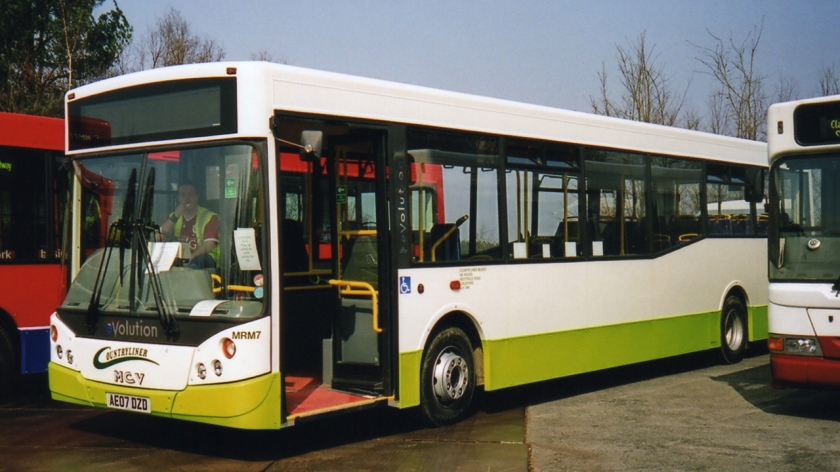
MCV Evolution owned byCountryliner, at the 2007 Cobham bus rally
MCV Bus and Coach is a British manufacturer of bus bodies founded in late 2002 after buying the assets of defunct bus builder Marshall Bus who closed down in the summer of that year. It is a subsidiary of the Egyptian Manufacturing Commercial Vehicles.
History
MCV started production with a batch of 5 Dennis Darts for Warrington Borough Transport and were built to the Capital design. However at this time TransBus (who produced the Dart and other Dennis products) didn’t want any other bodybuilders for the chassis as they were to sell them as complete TransBus products (i.e. Darts with Pointer bodies etc.), so these remained a one off. MCV looked at a few other chassis to body before deciding they would body on the MAN 14.220, the bodywork for this was based on the Capital design, but with a new front end, and being adapted to work with this heavy duty chassis, it was renamed the Stirling and was launched in 2003. It was later added to the shorter 12.220.
Products
- MCV Capital (2003)
- MCV Stirling (2003-2005)
- MCV Evolution (2005-)
- MCV Ego (2006)
- MCV DD103 (2011-)
References
Marshall Bus
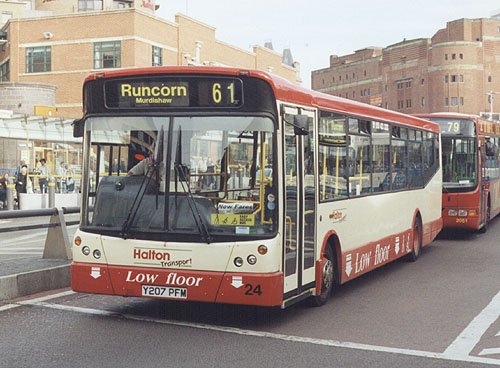
Marshall Bus was a British bus manufacturer between 1992 and 2002. The company’s most popular product was the Marshall Capital, which was a single-decker bus body built between 1997 and 2003. It was typically built on the Dennis Dart SLF chassis, but was also used for other chassis types and to re-body older chassis.
In 2002, Marshall went into administration and shortly after closed. Thereafter, MCV Bus and Coach bought the design rights for the Capital body and they continued production for a short while before its successor MCV Stirling was introduced. All proceeds from the sale went to the heir of the initial designer, Andrea Marshall.
Picture gallery
-
Another type of Marshall bus, this one an example on a high-floor Dennis Dart chassis.
-
A 1998 Marshall Capital bodied Dennis Dart SLF with Nu-Venture








